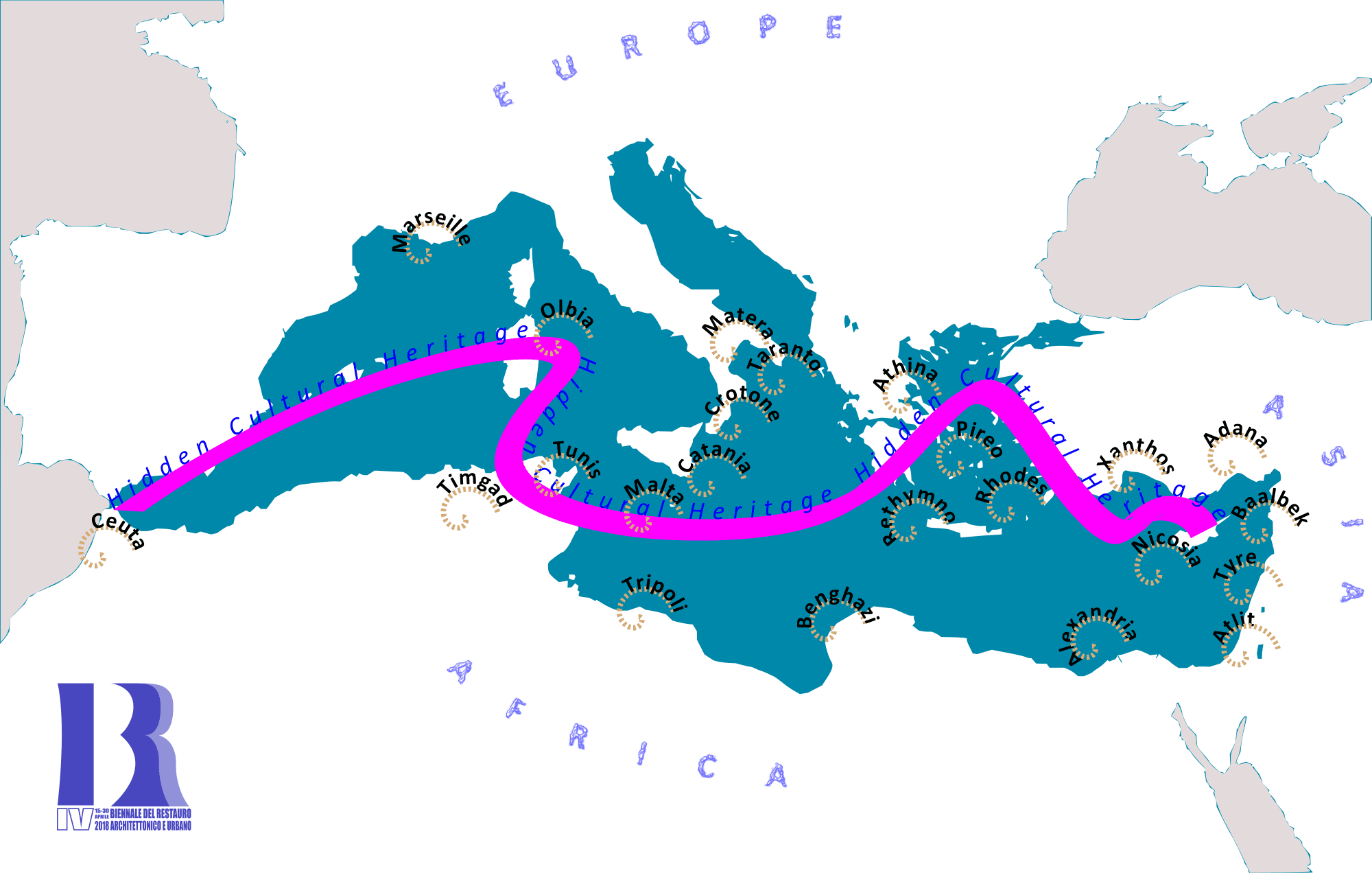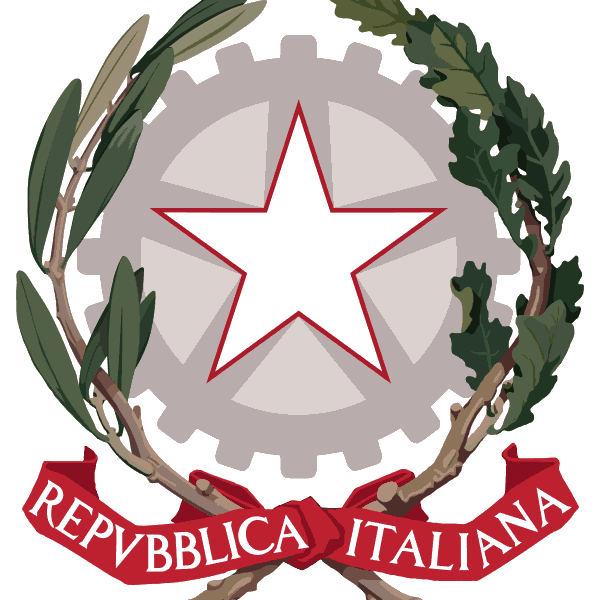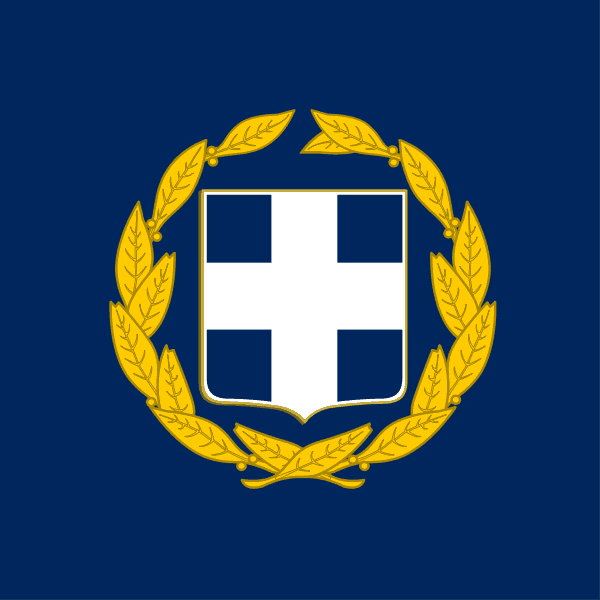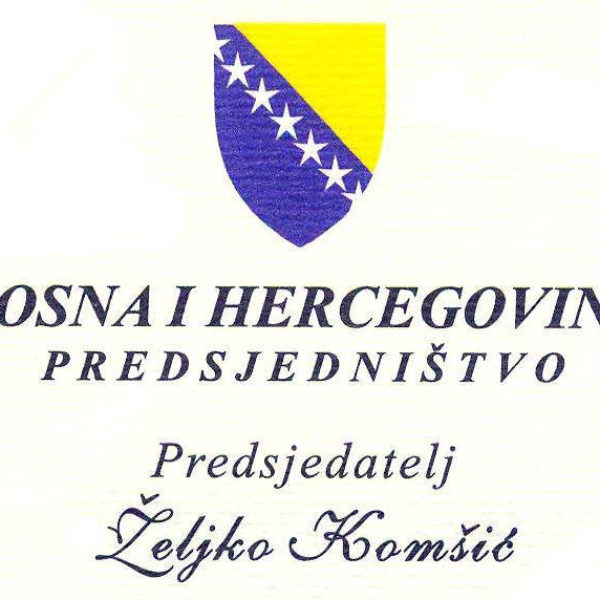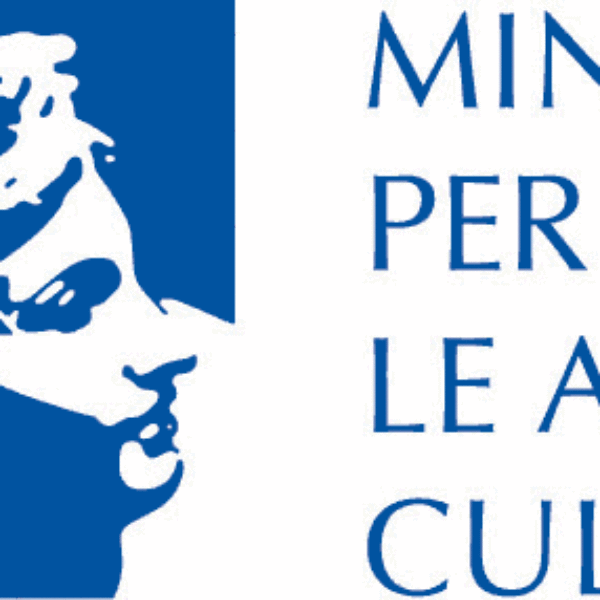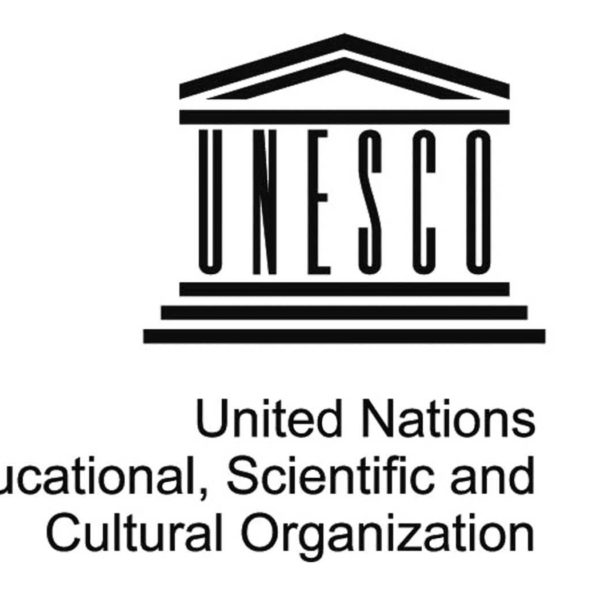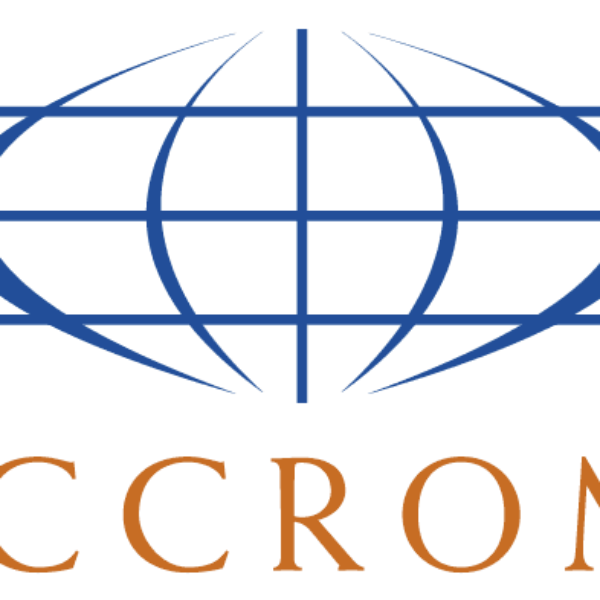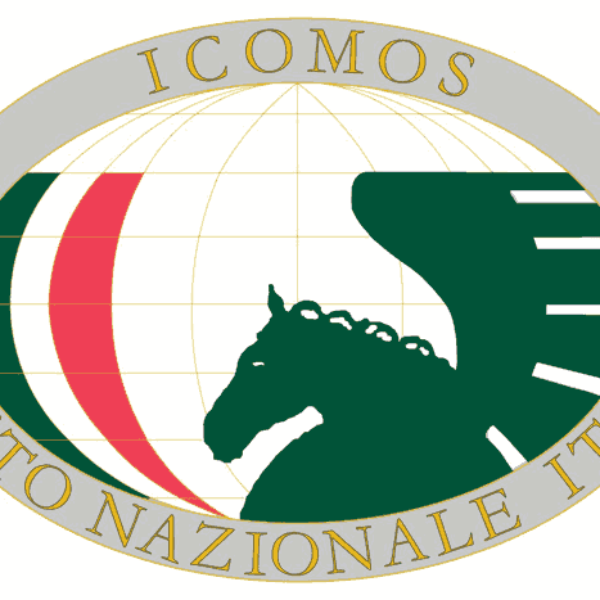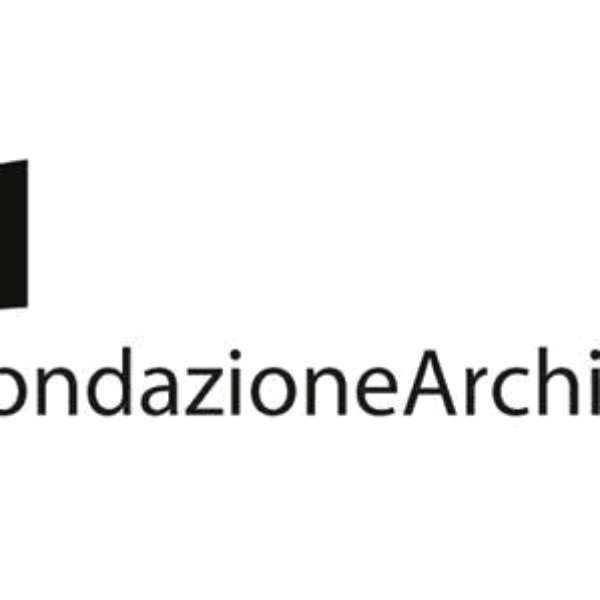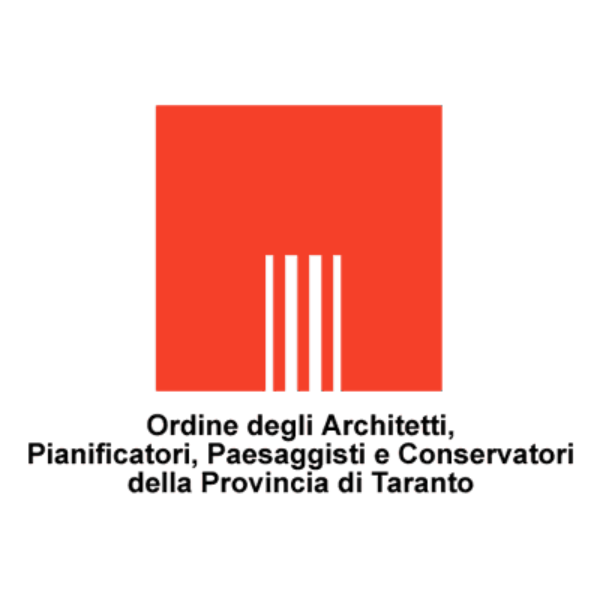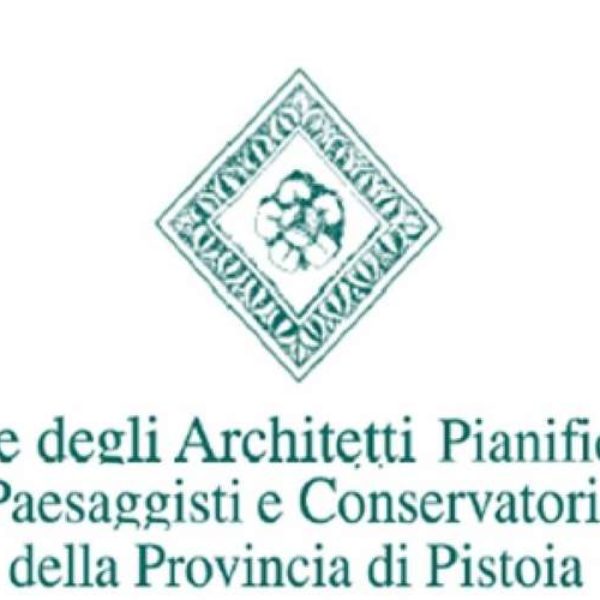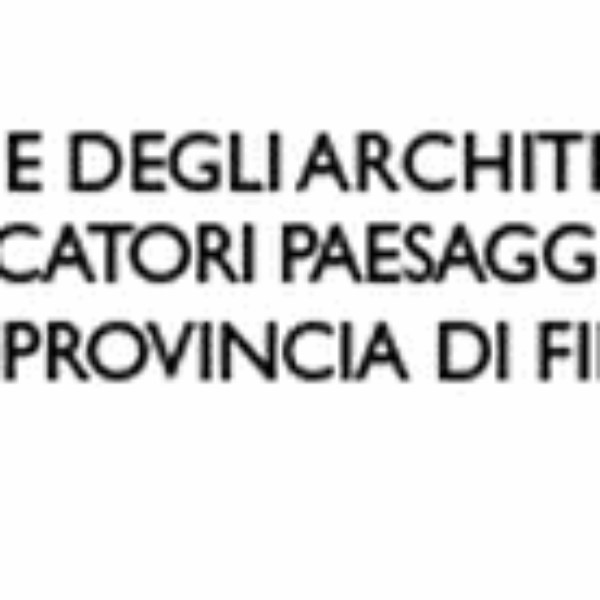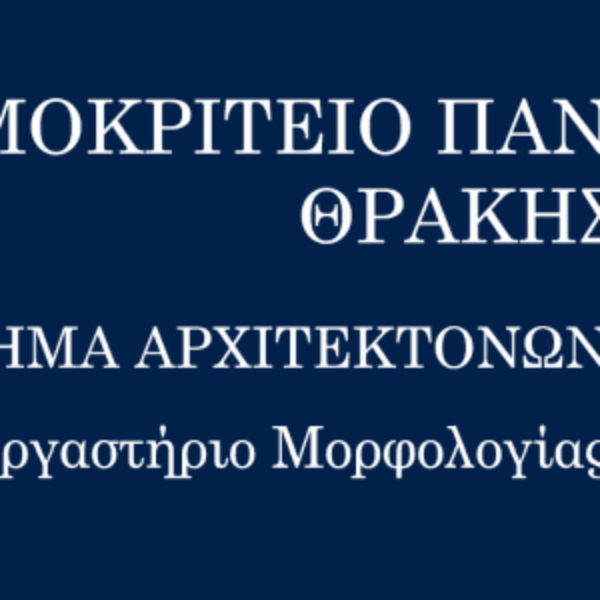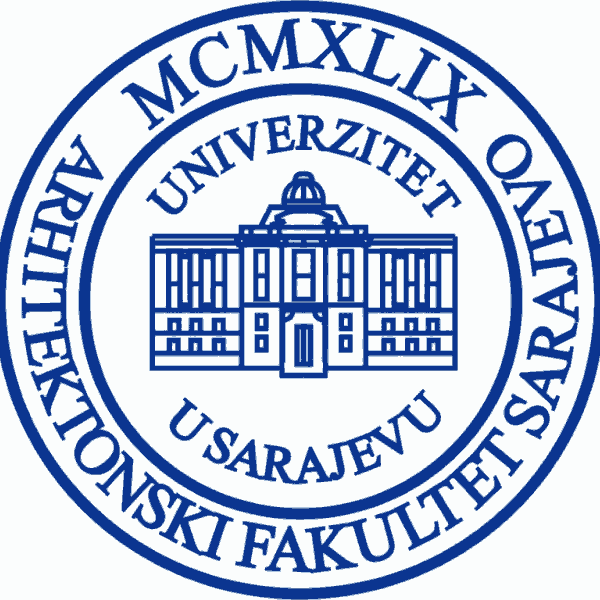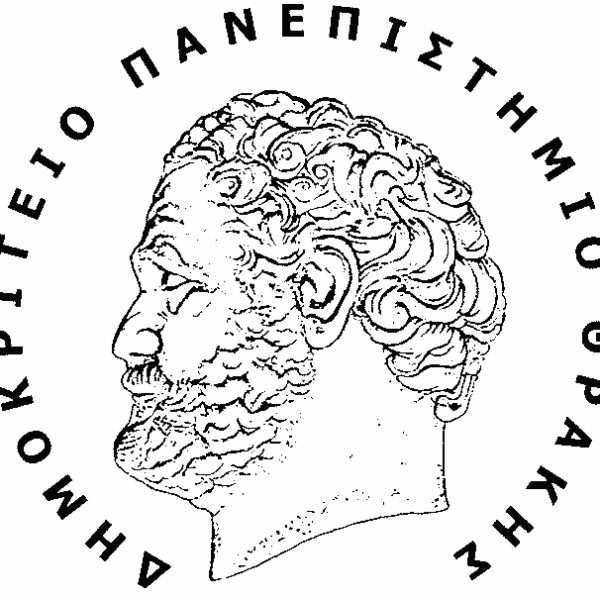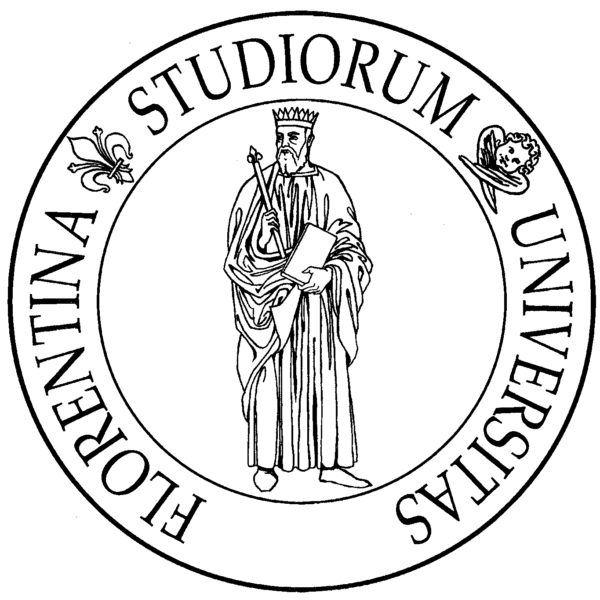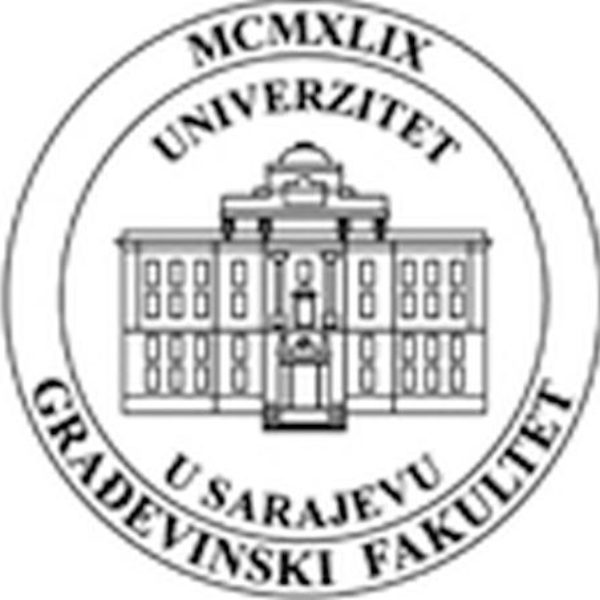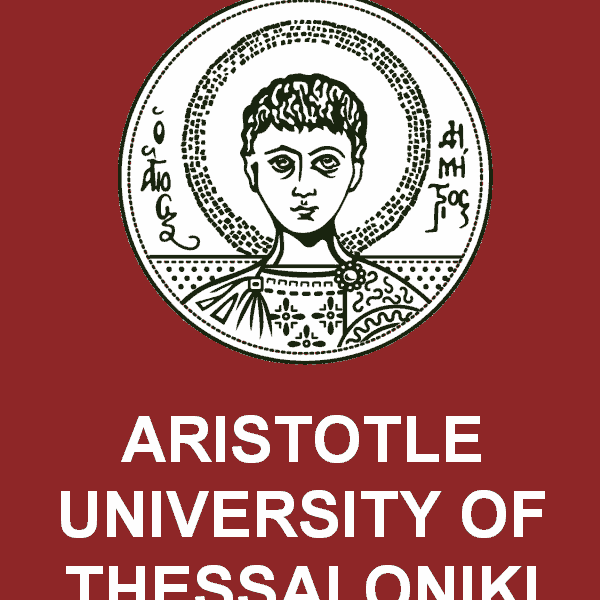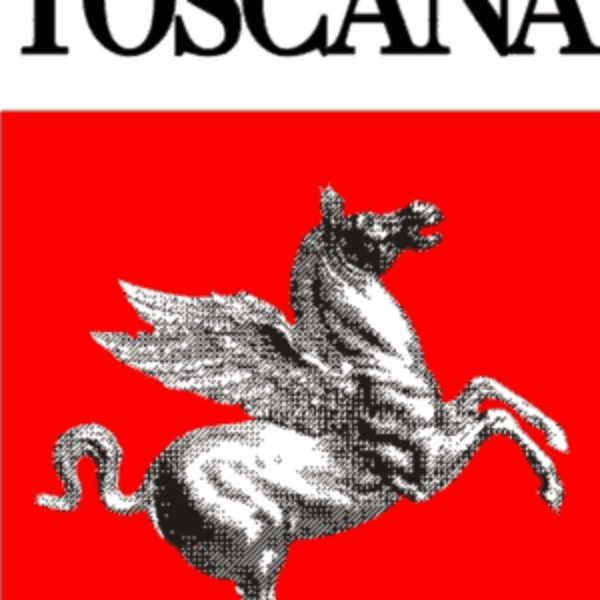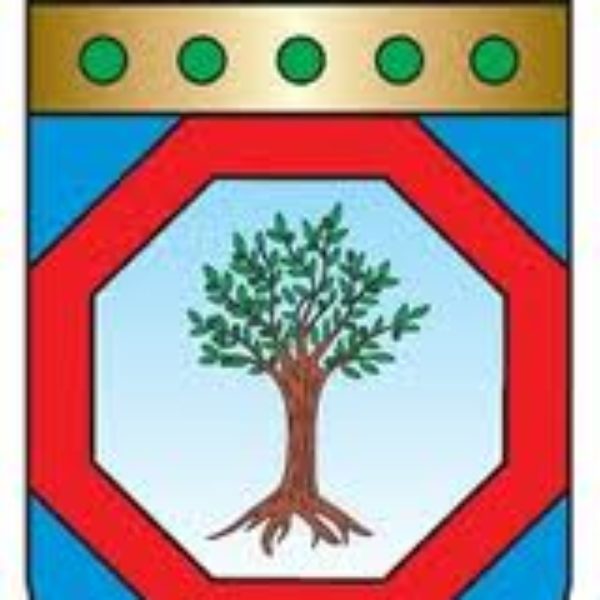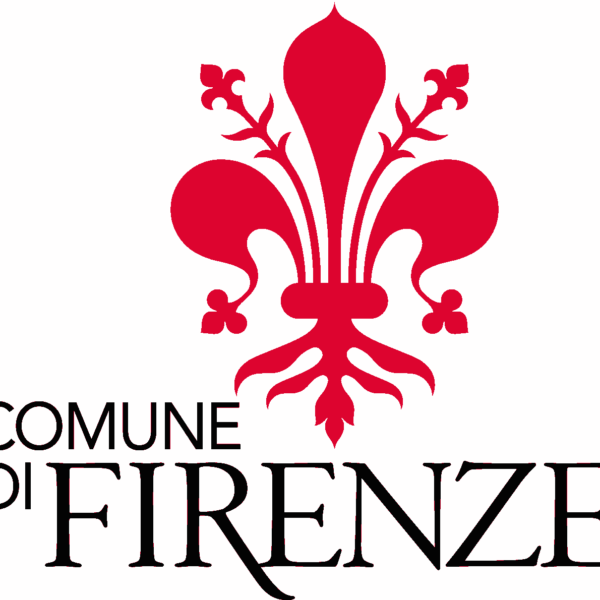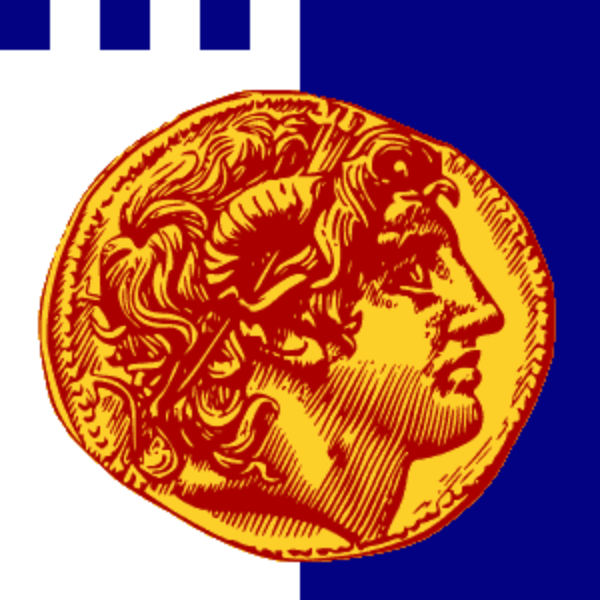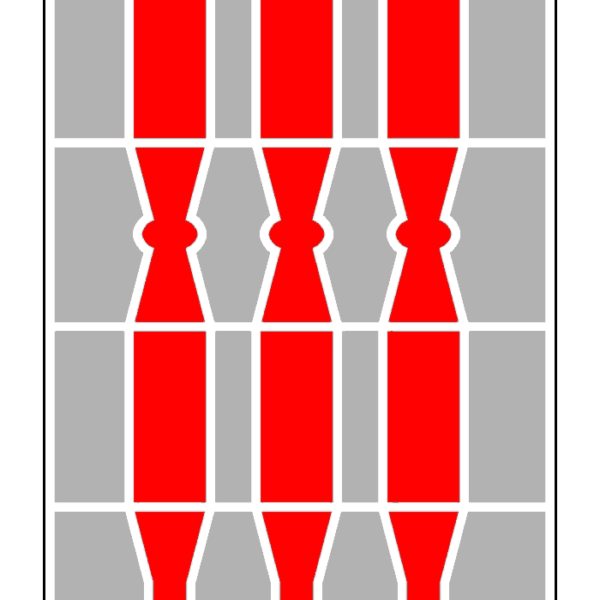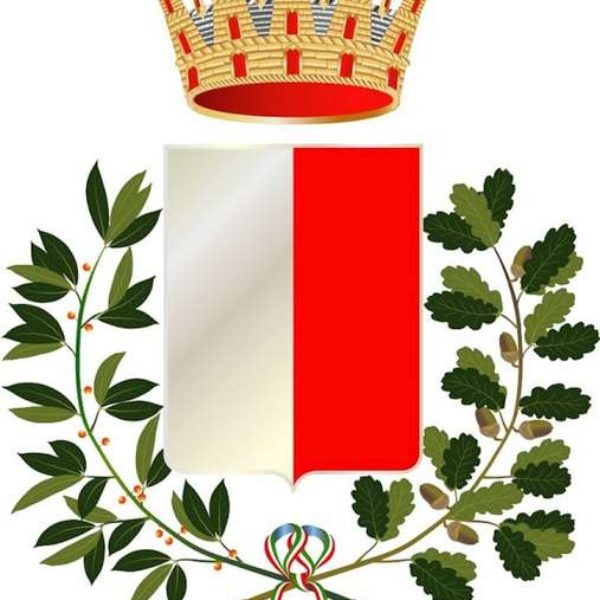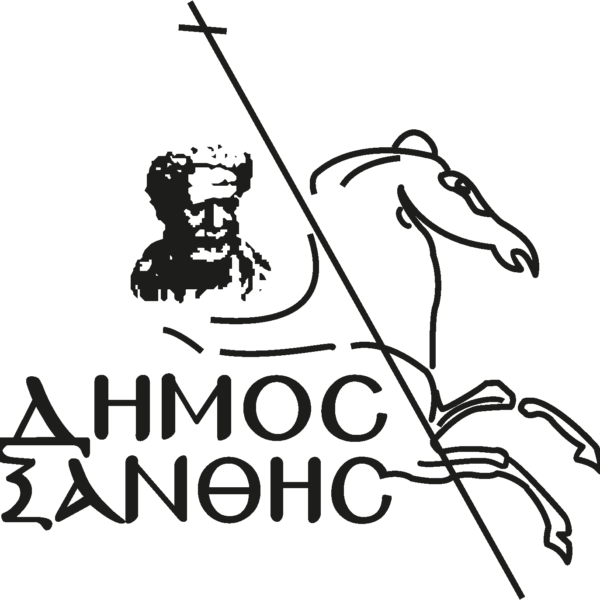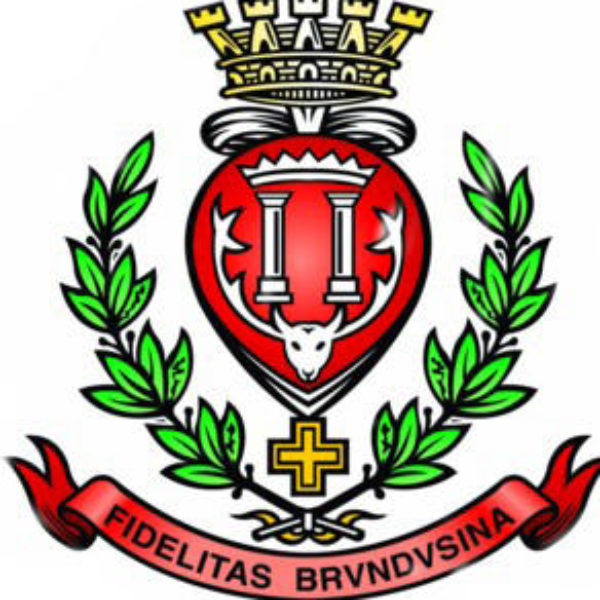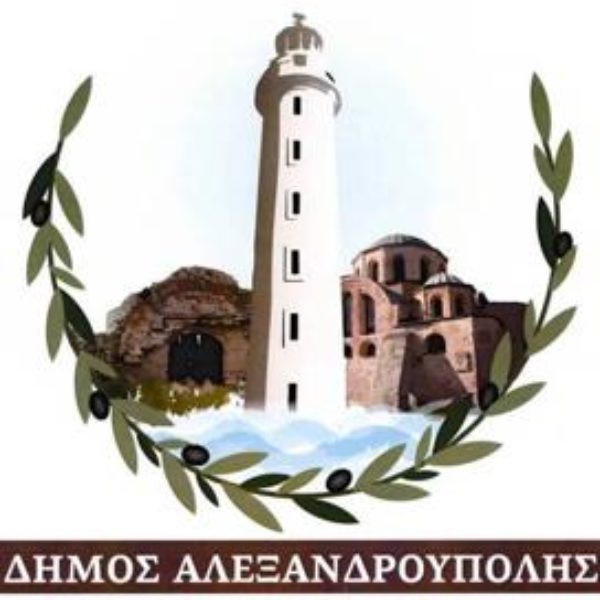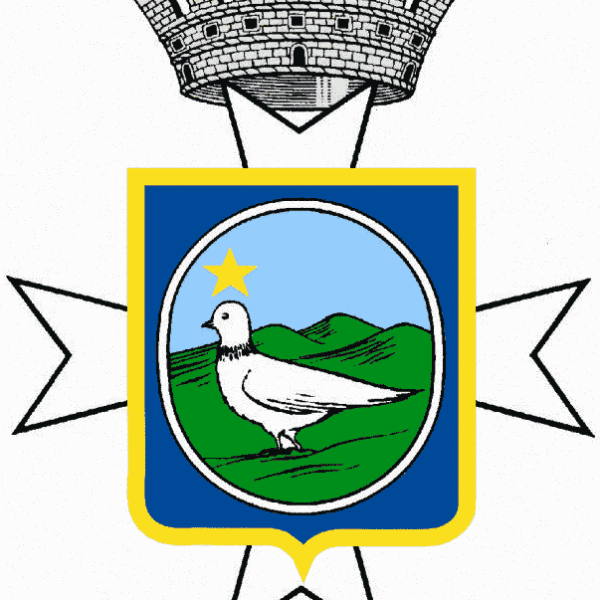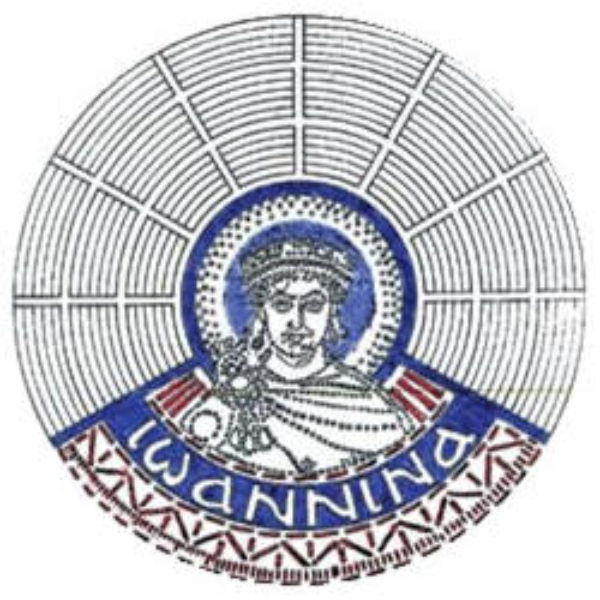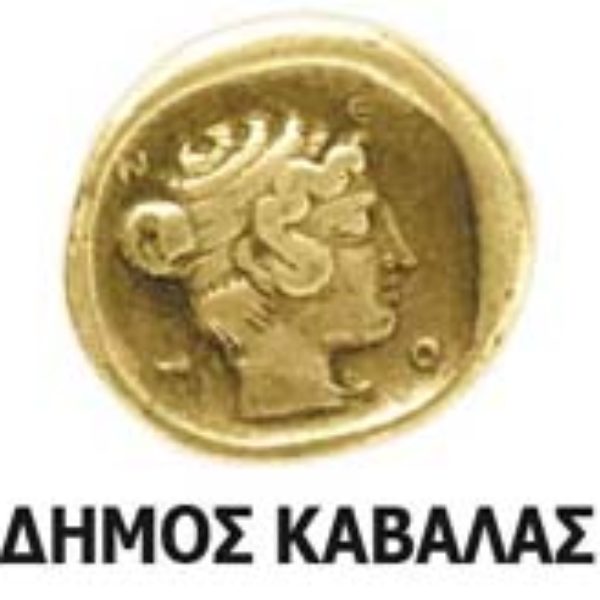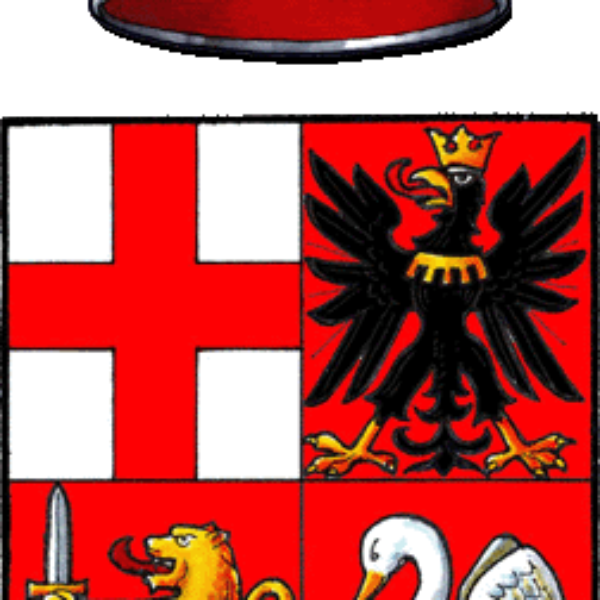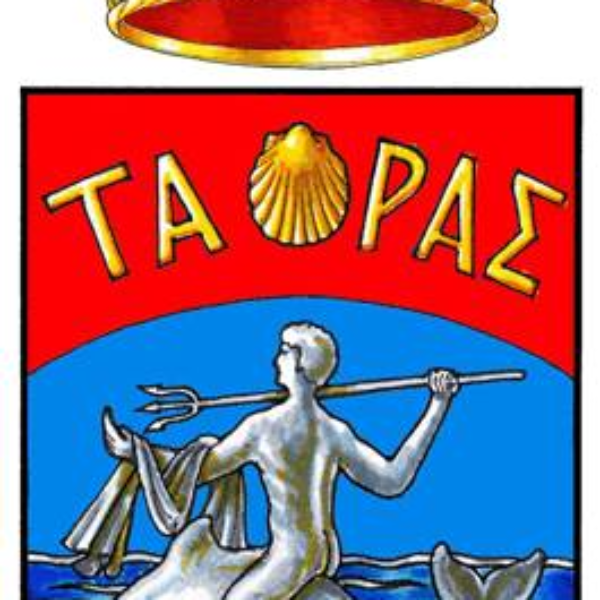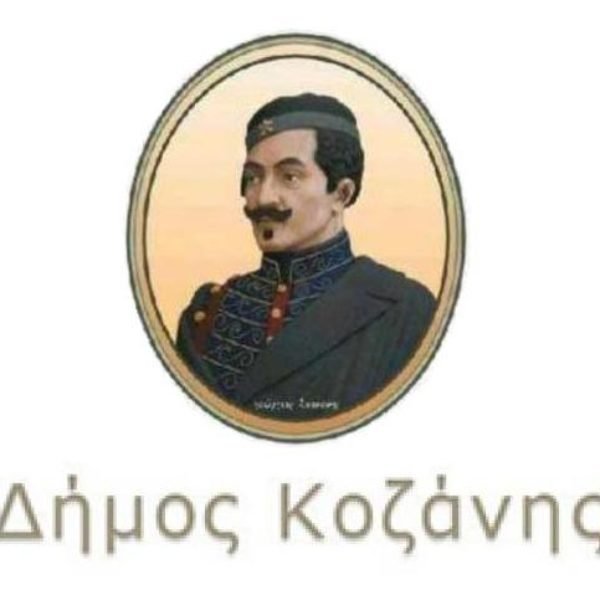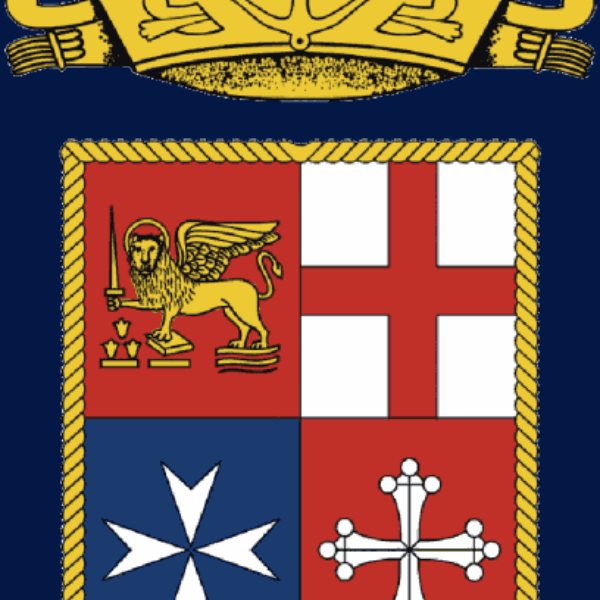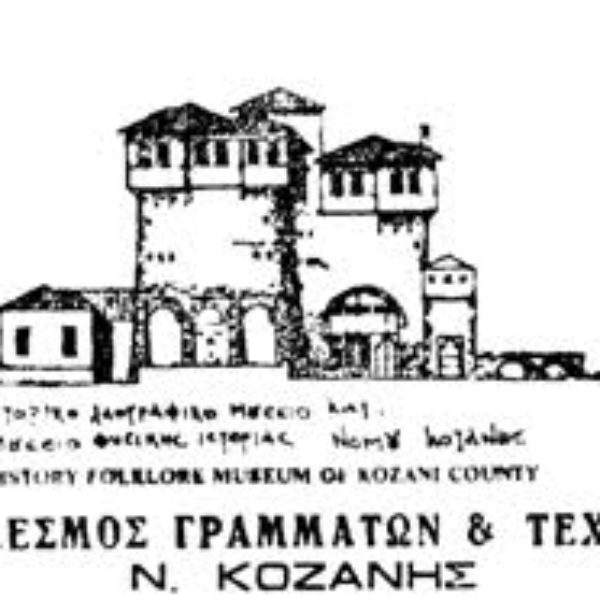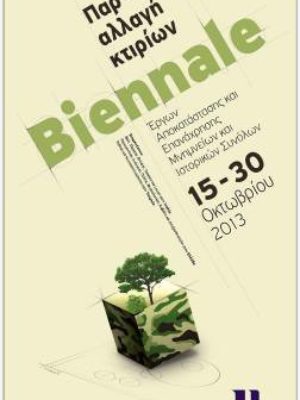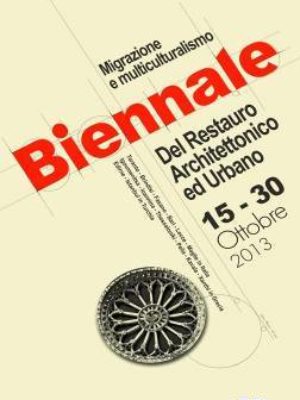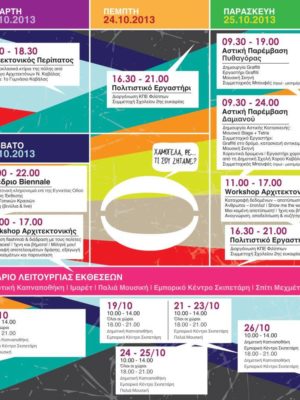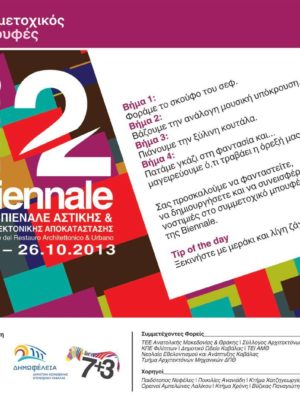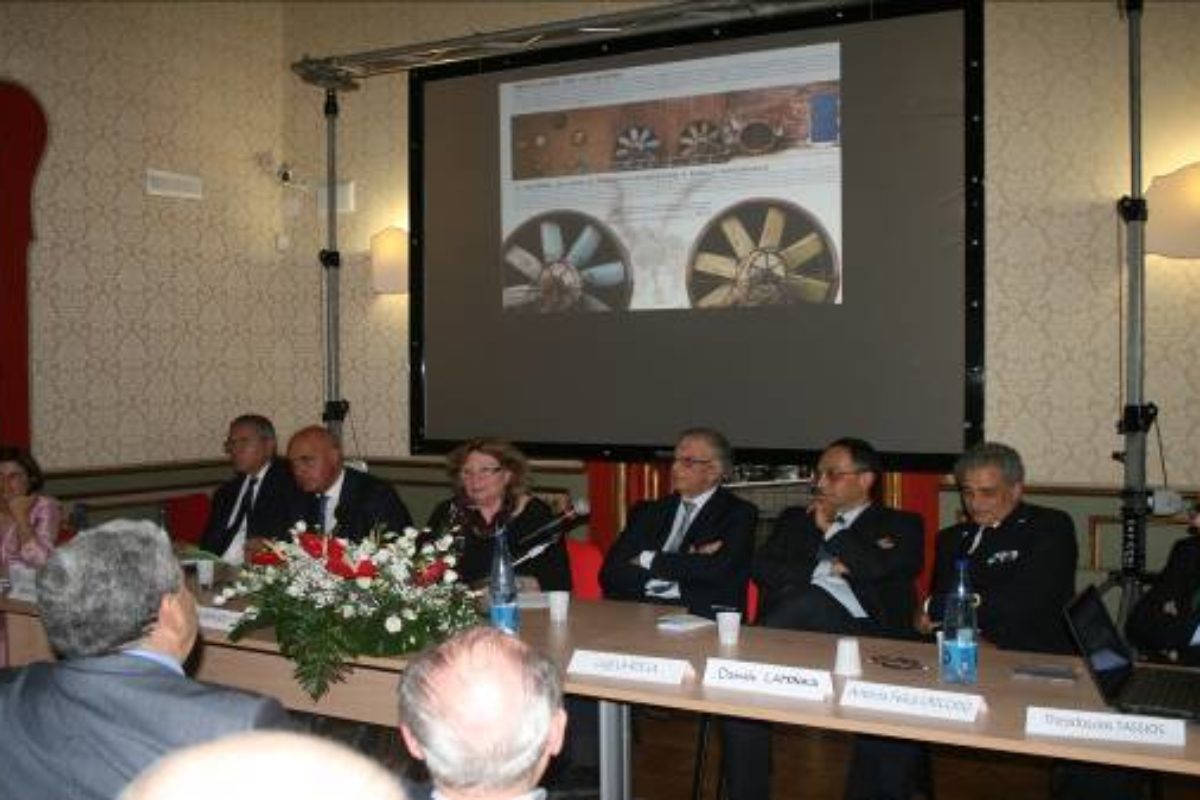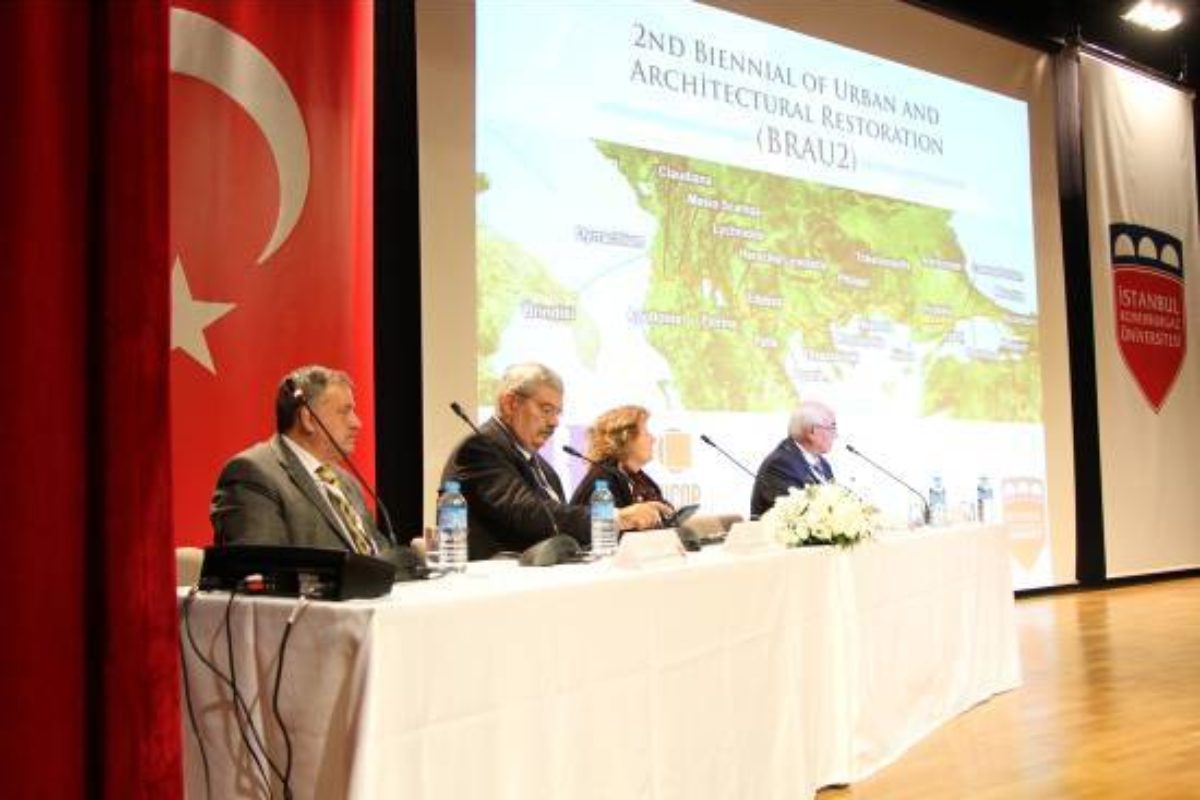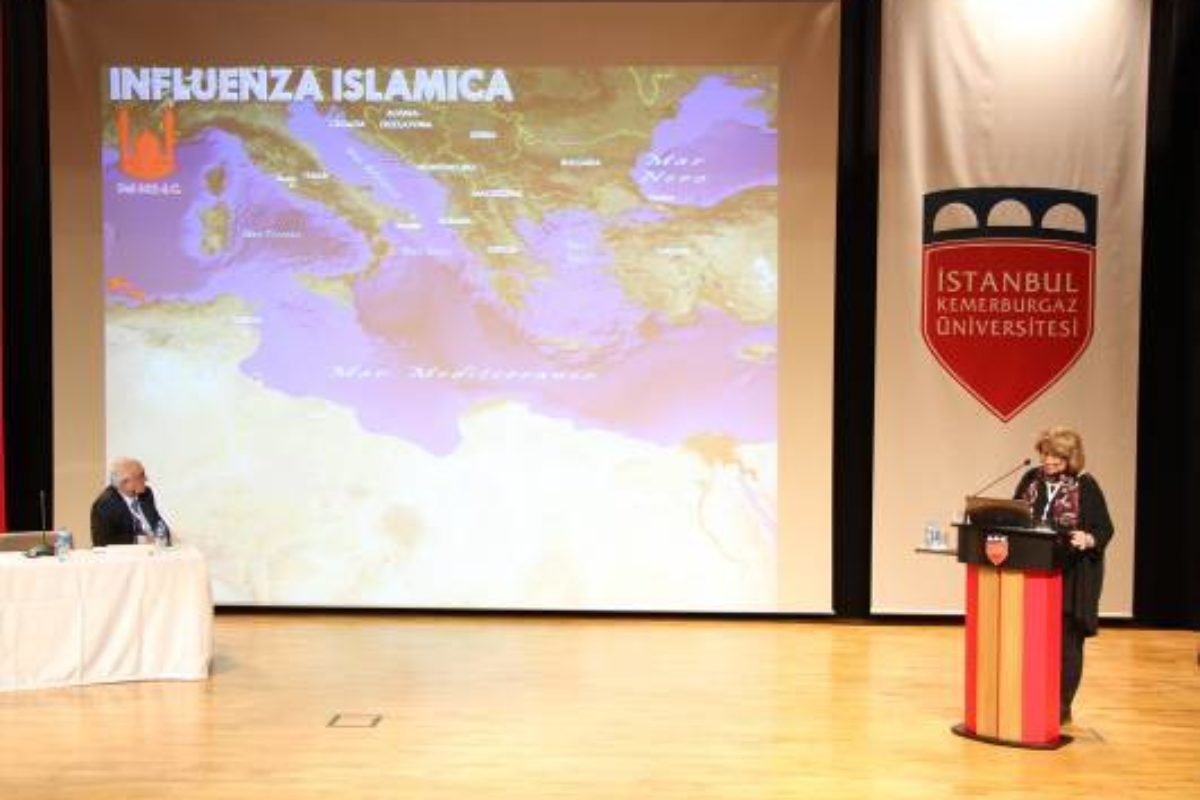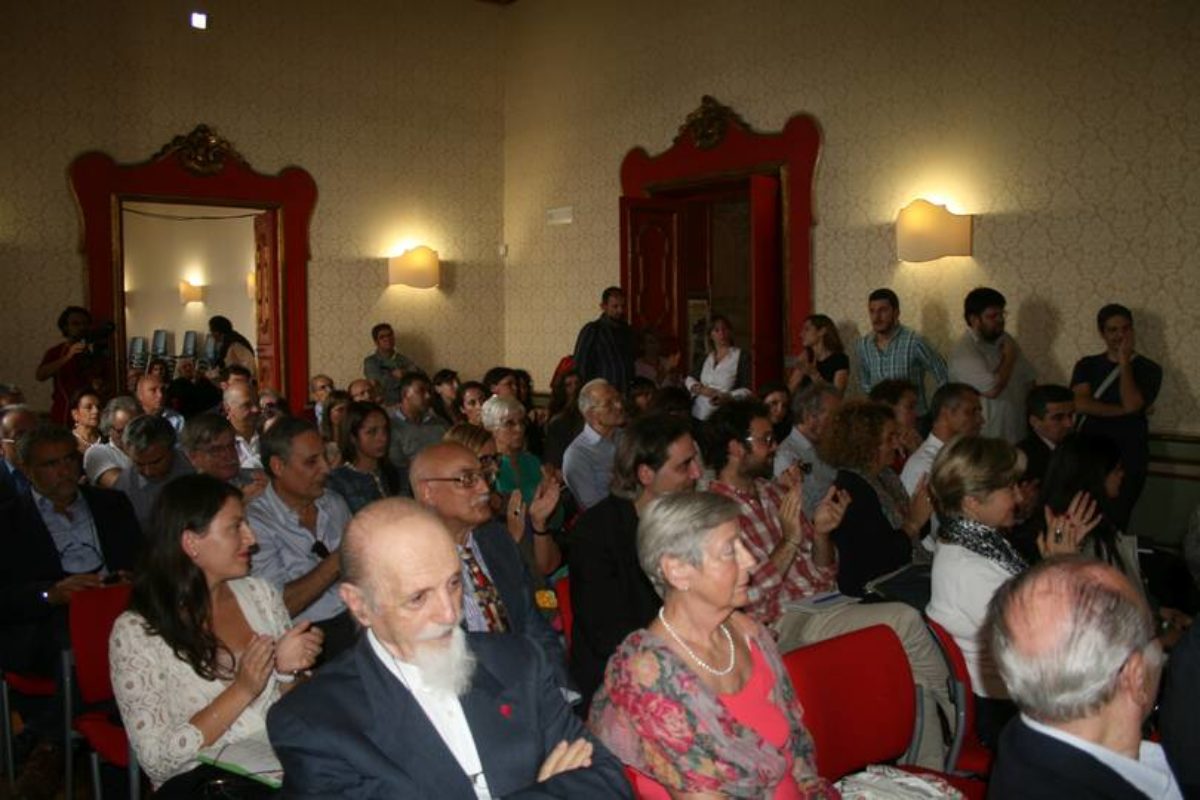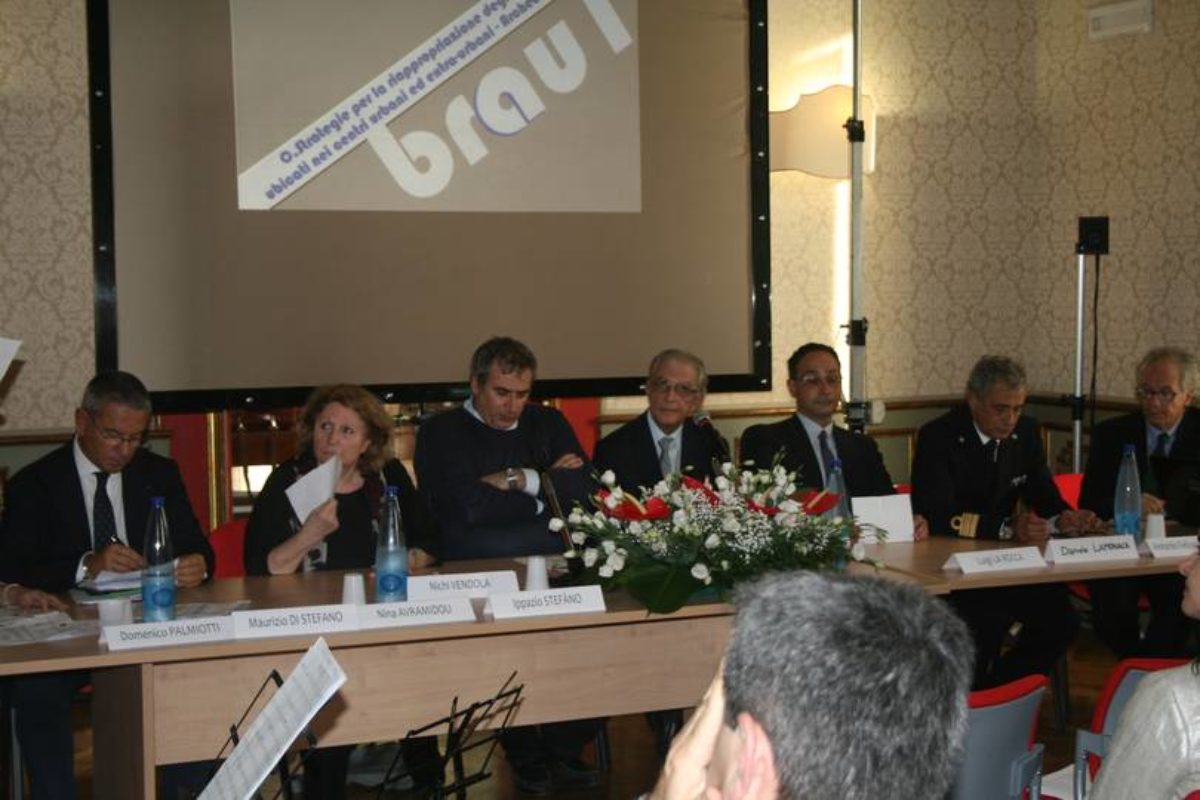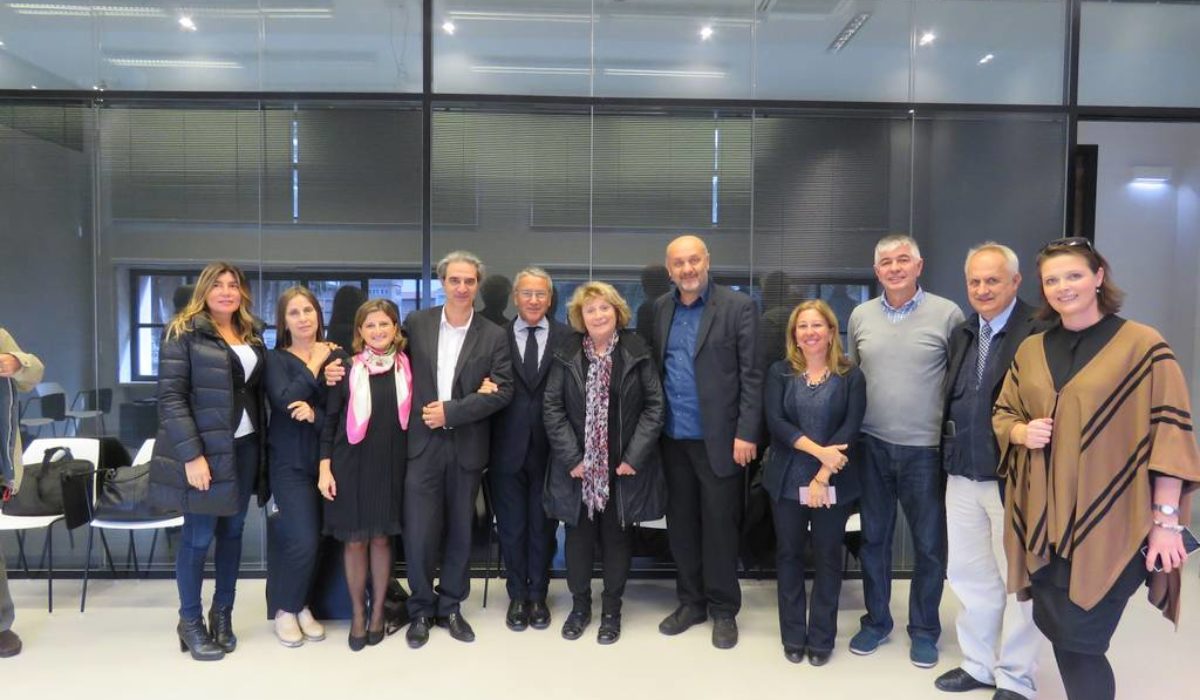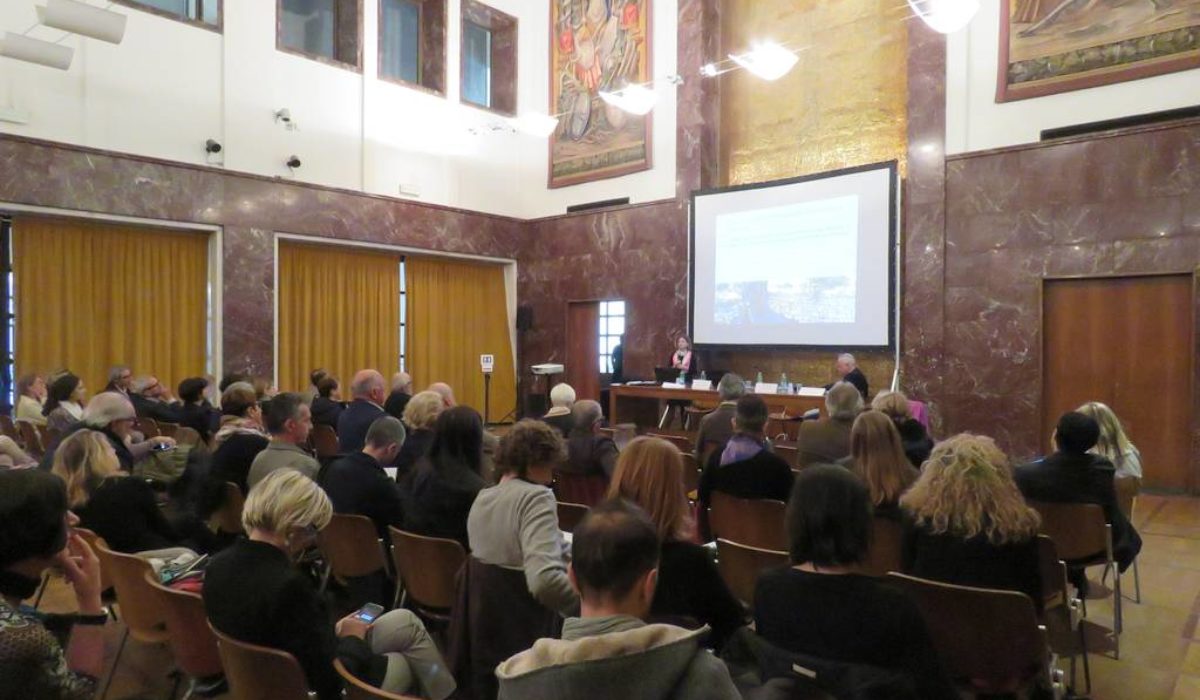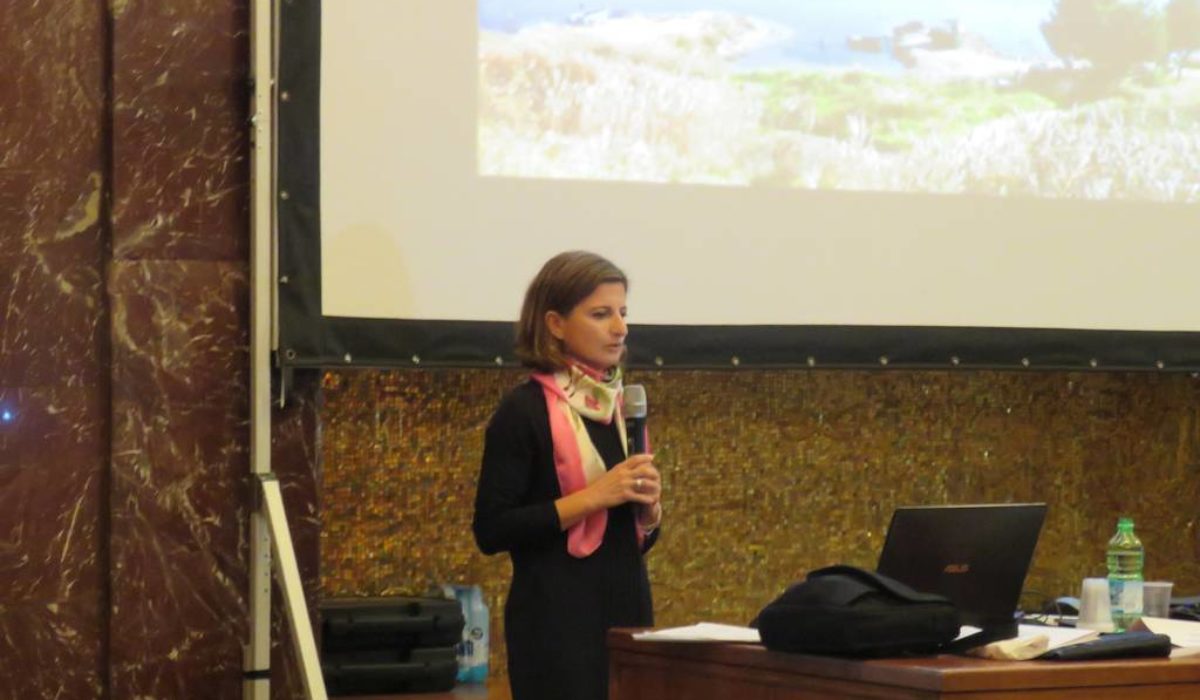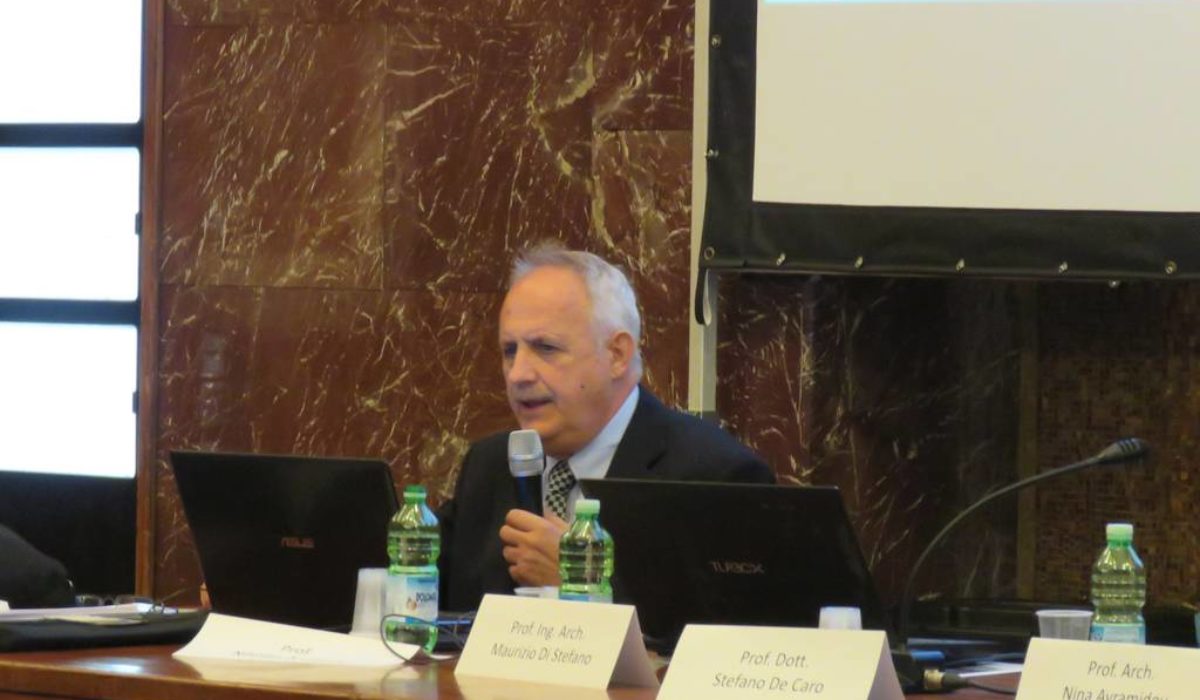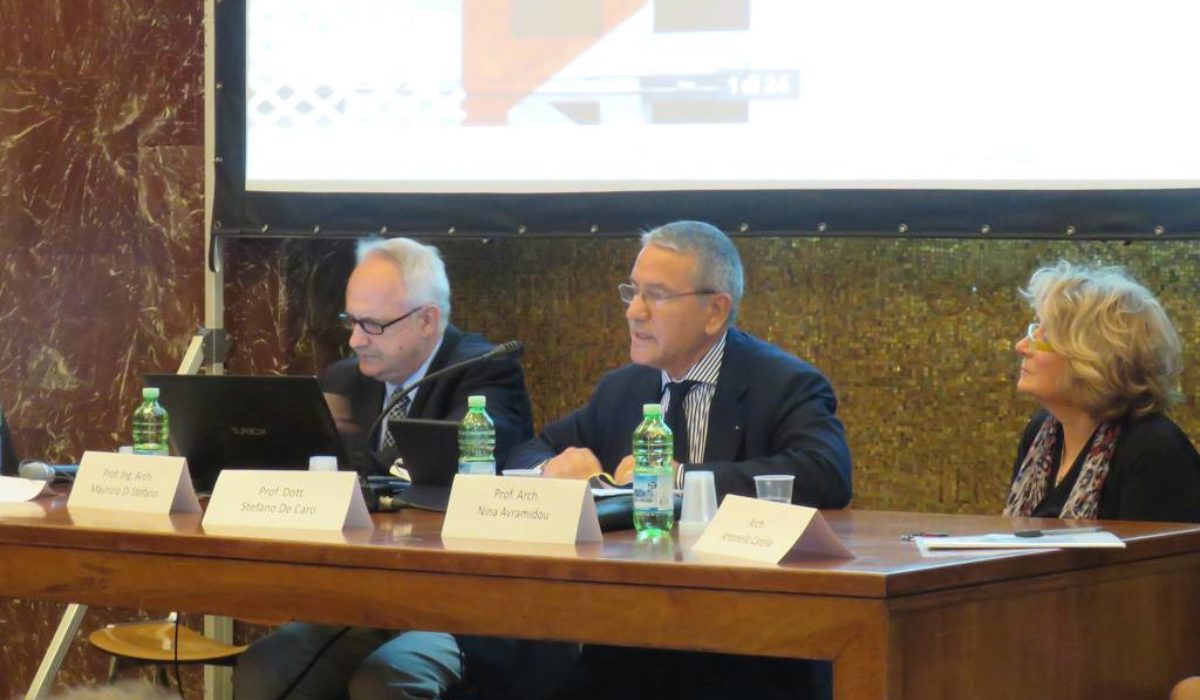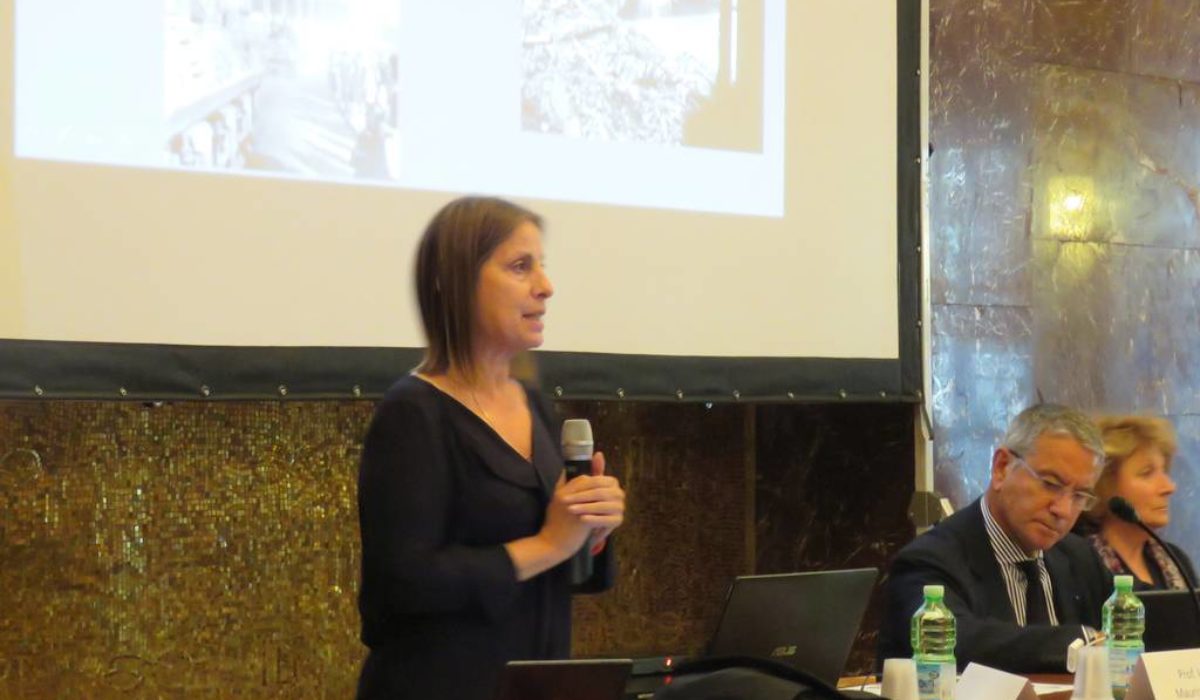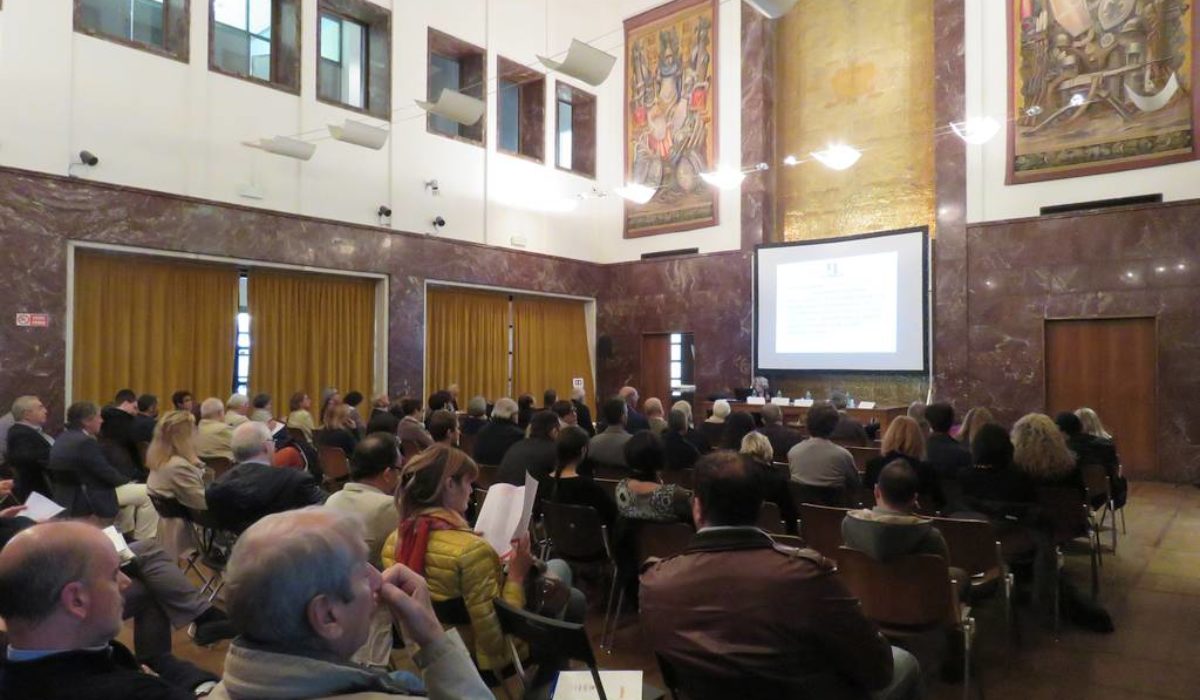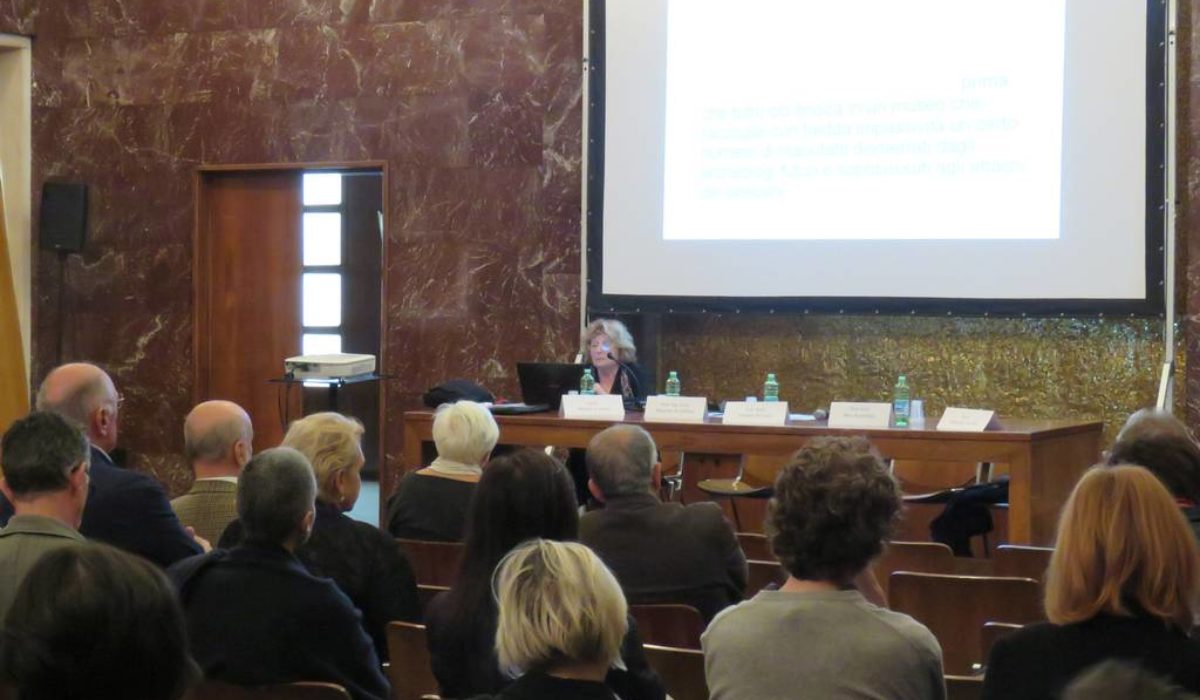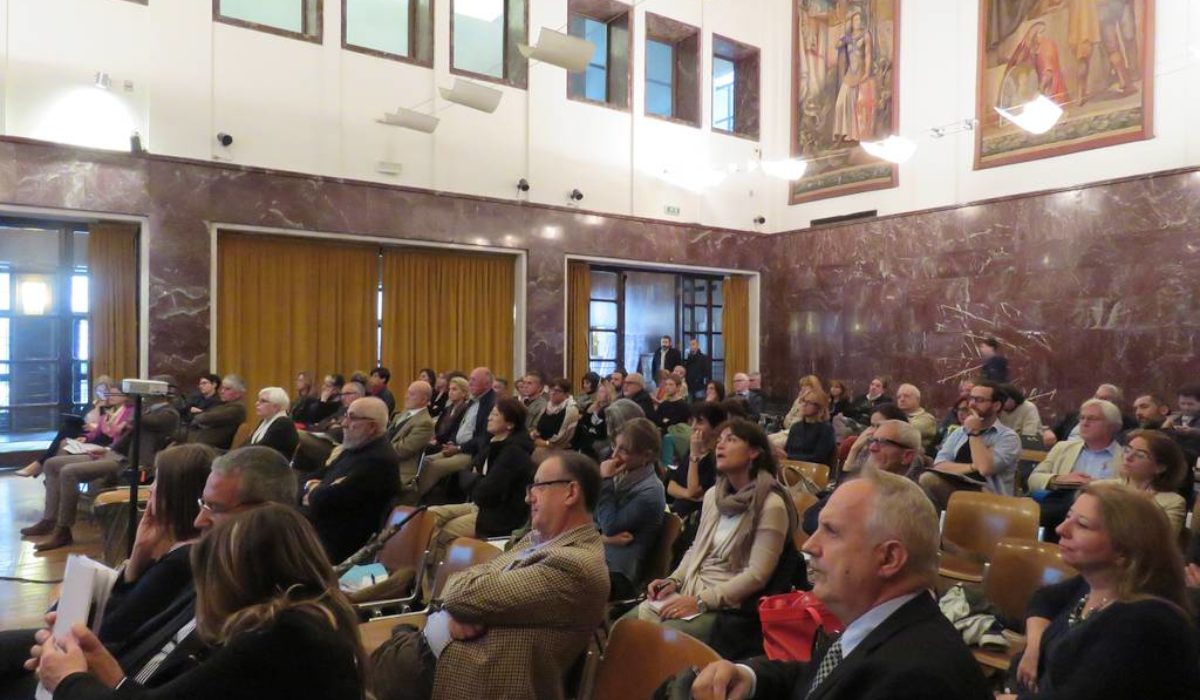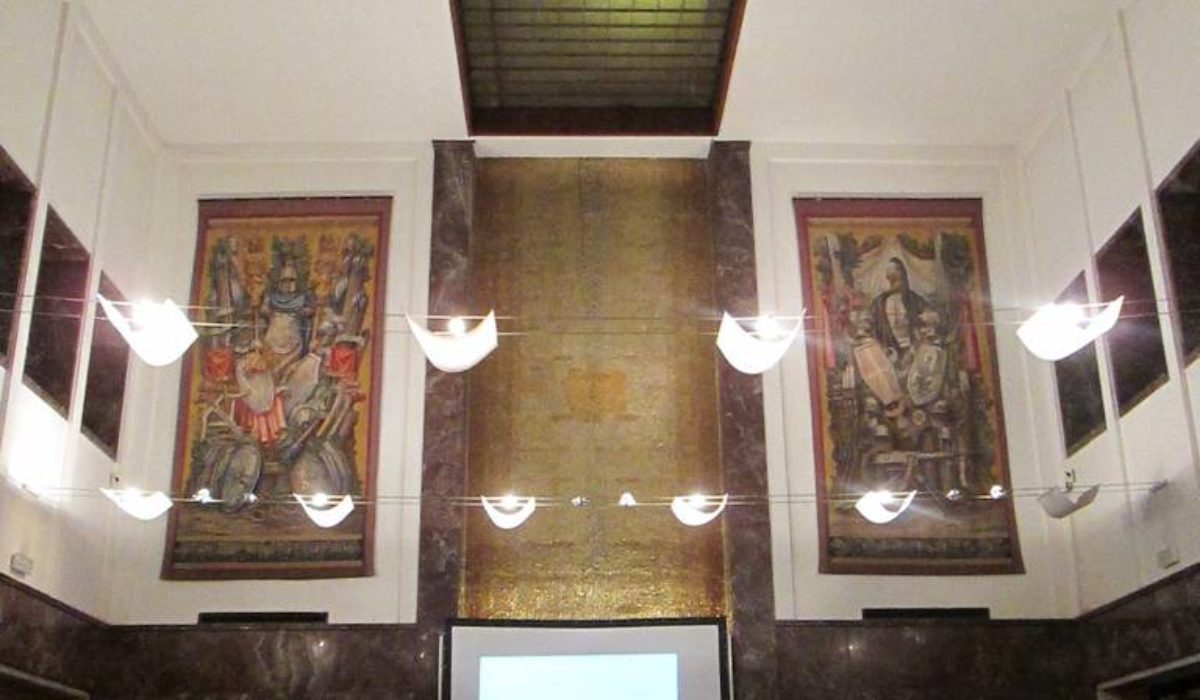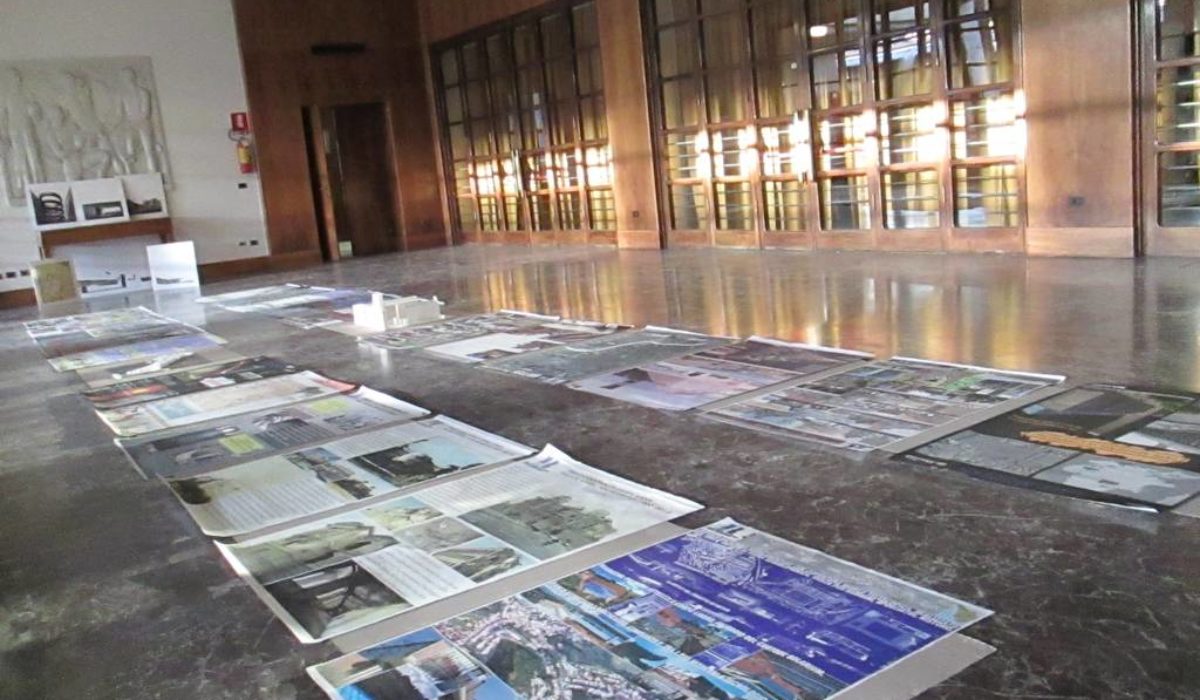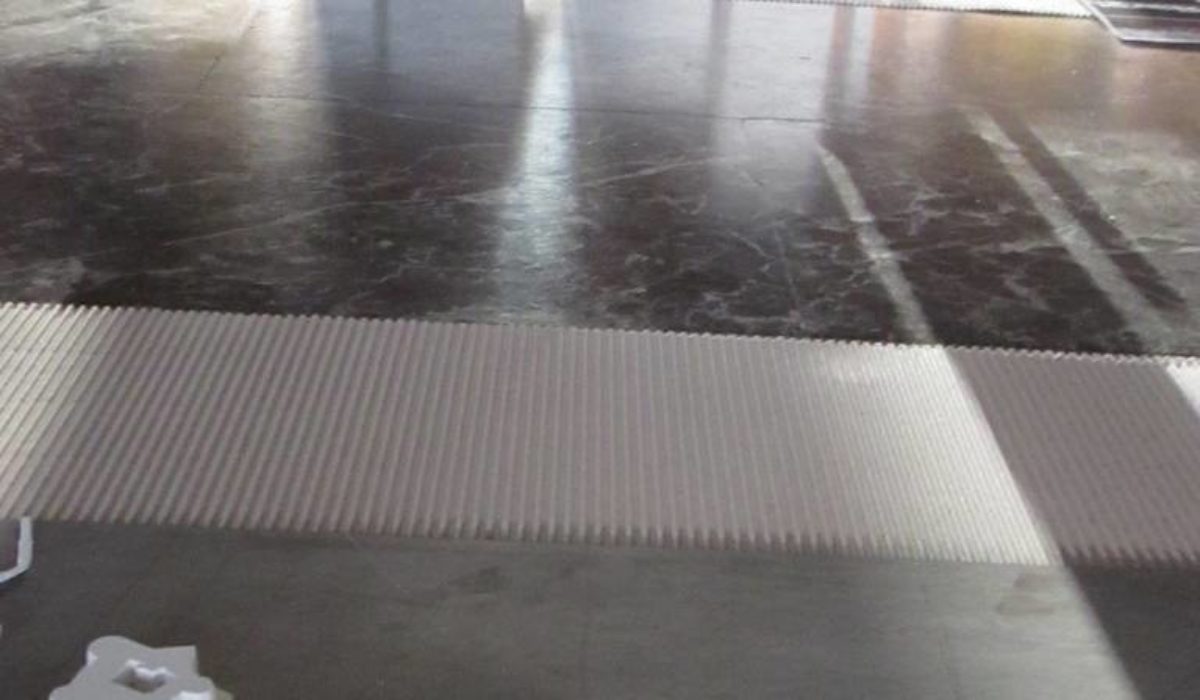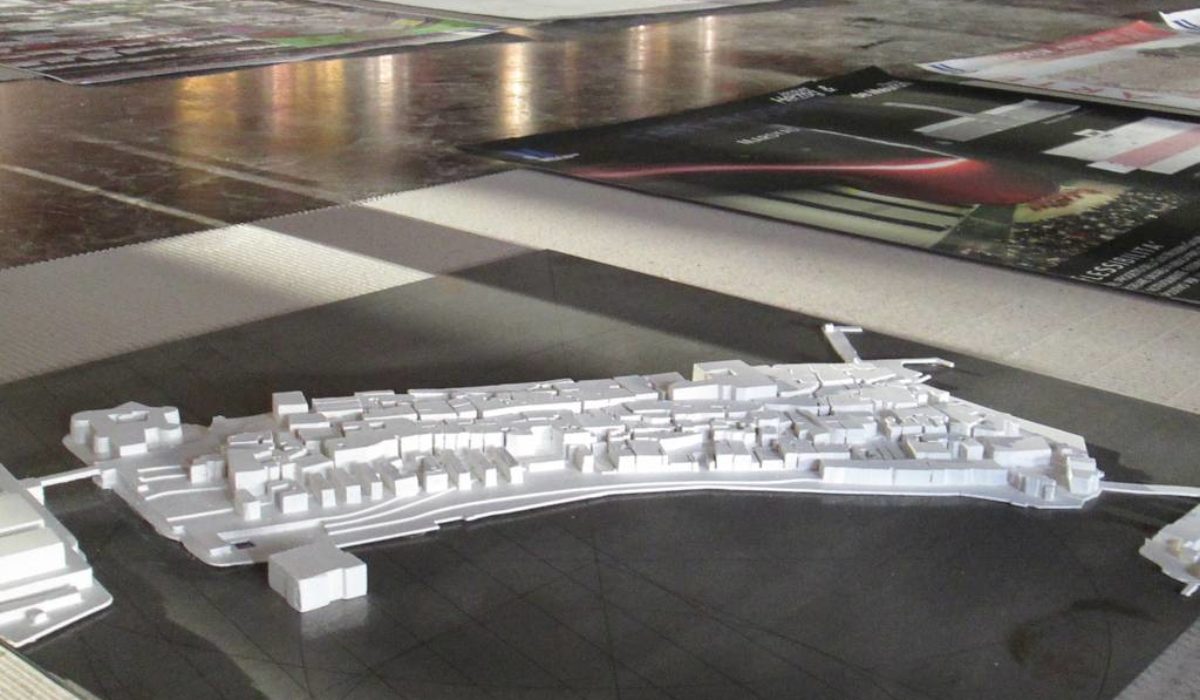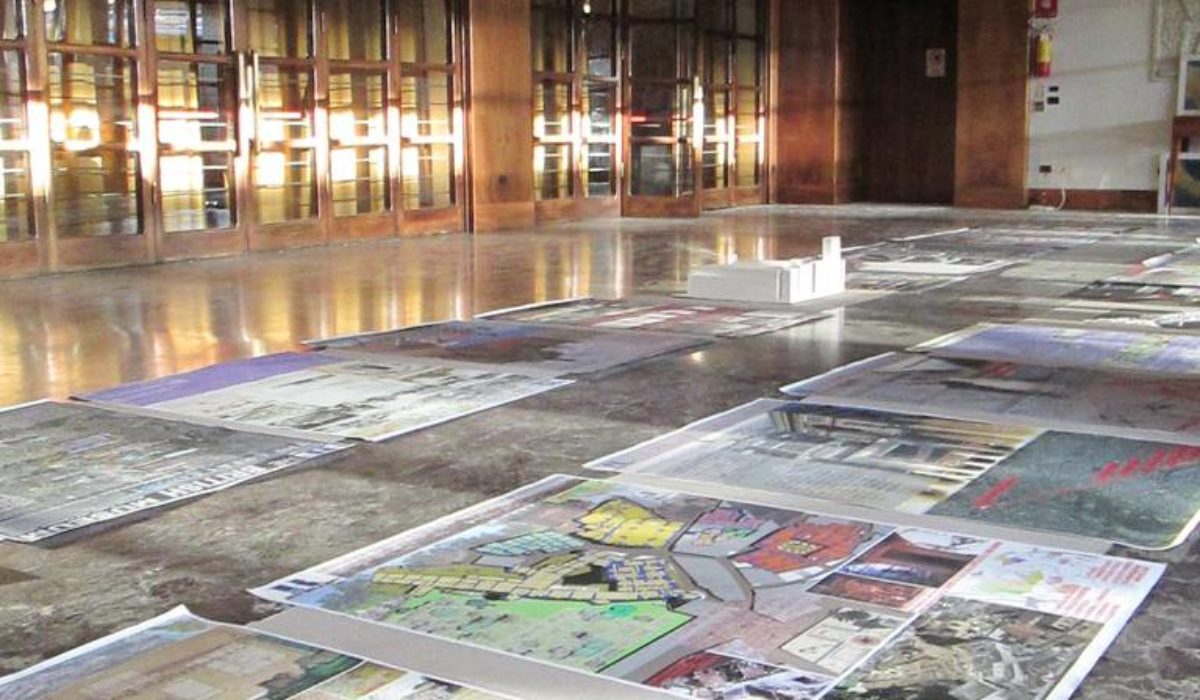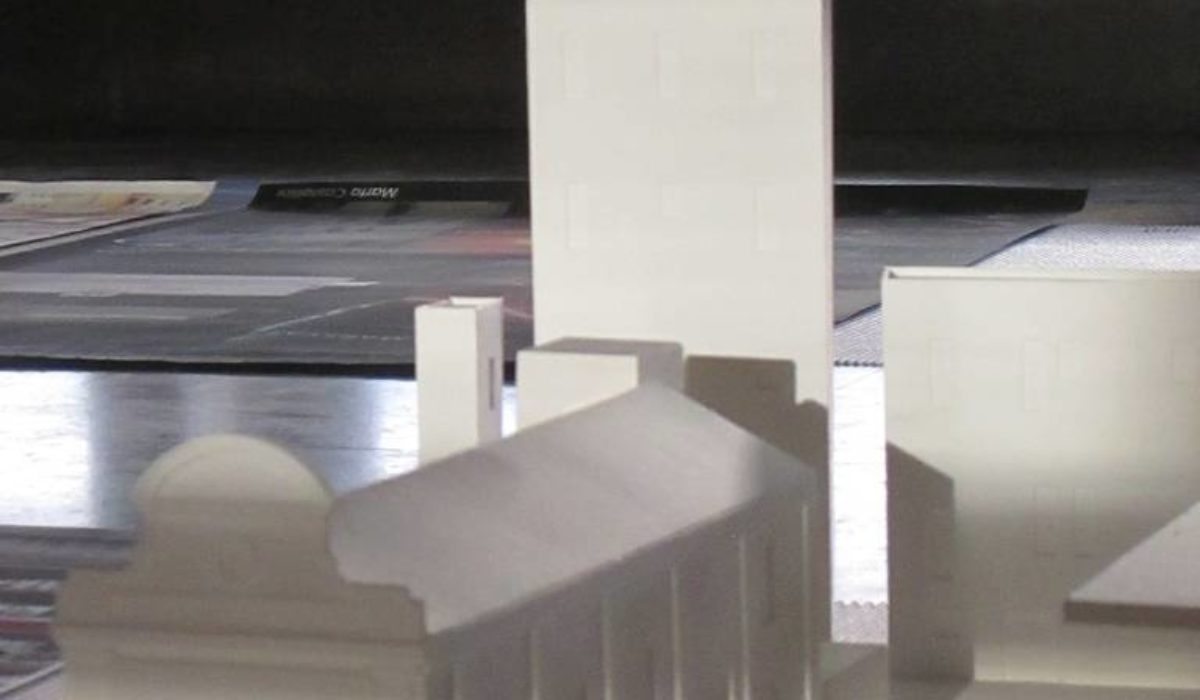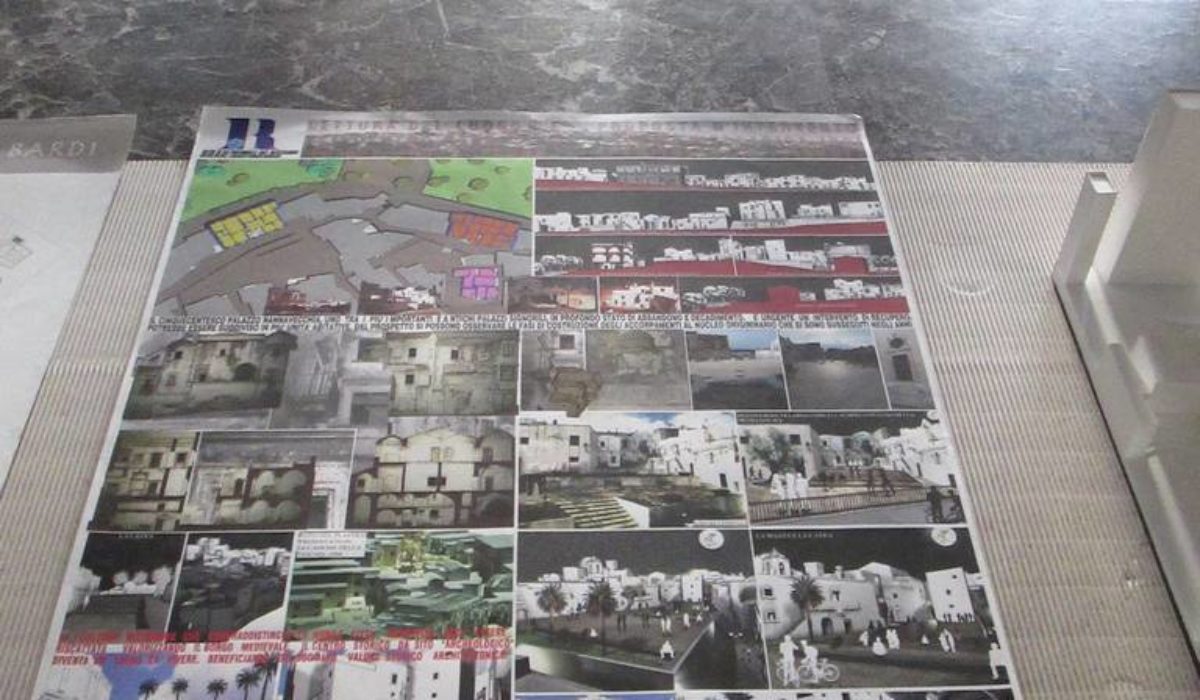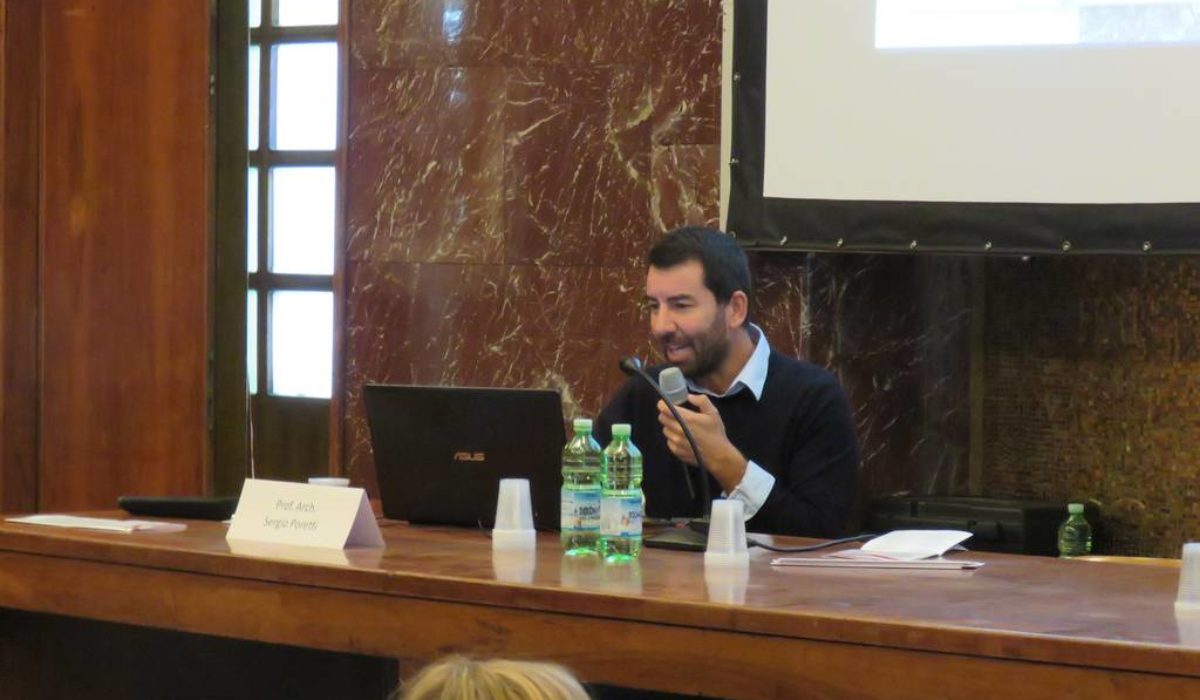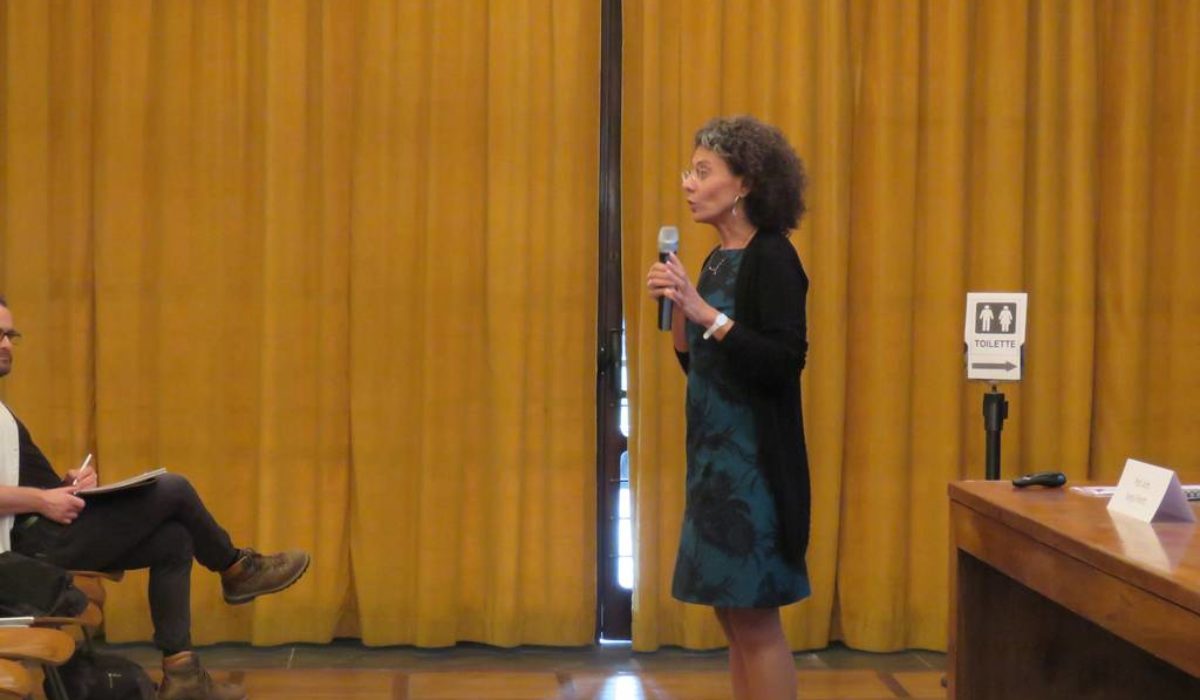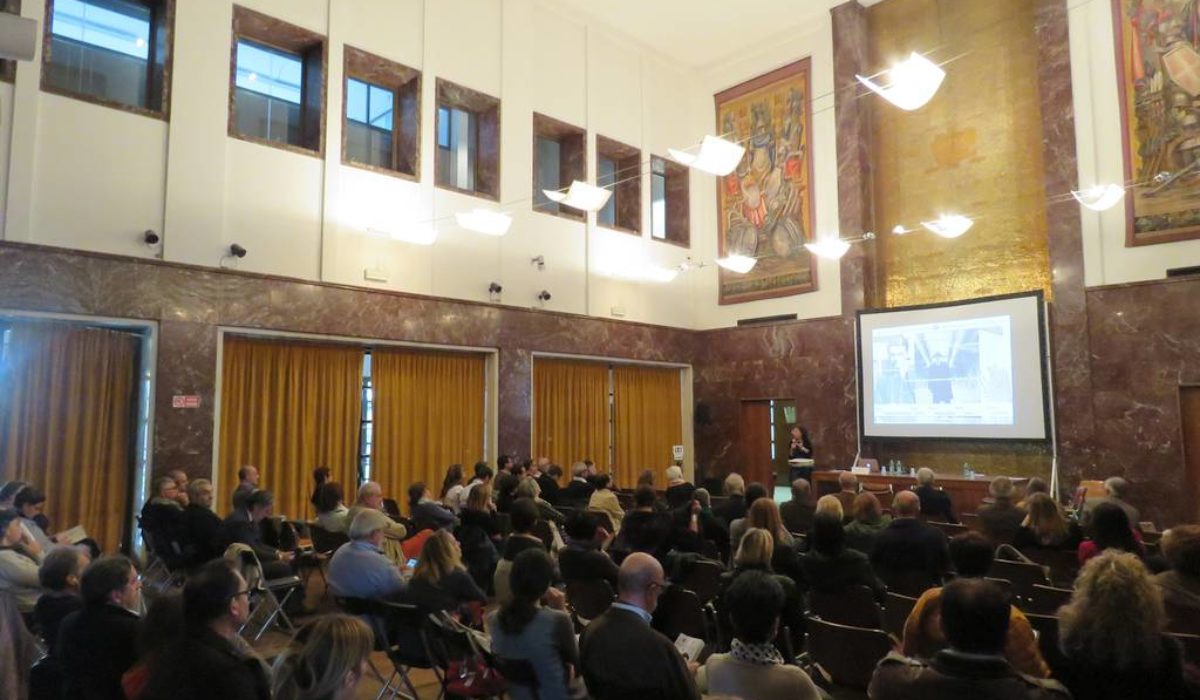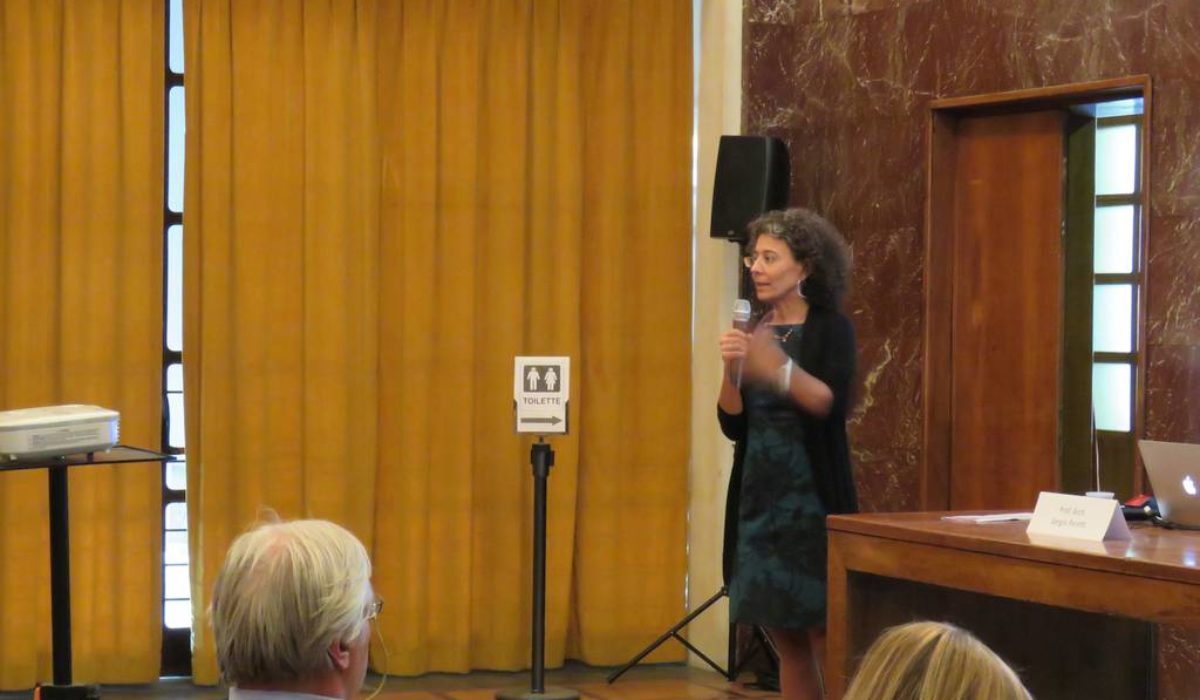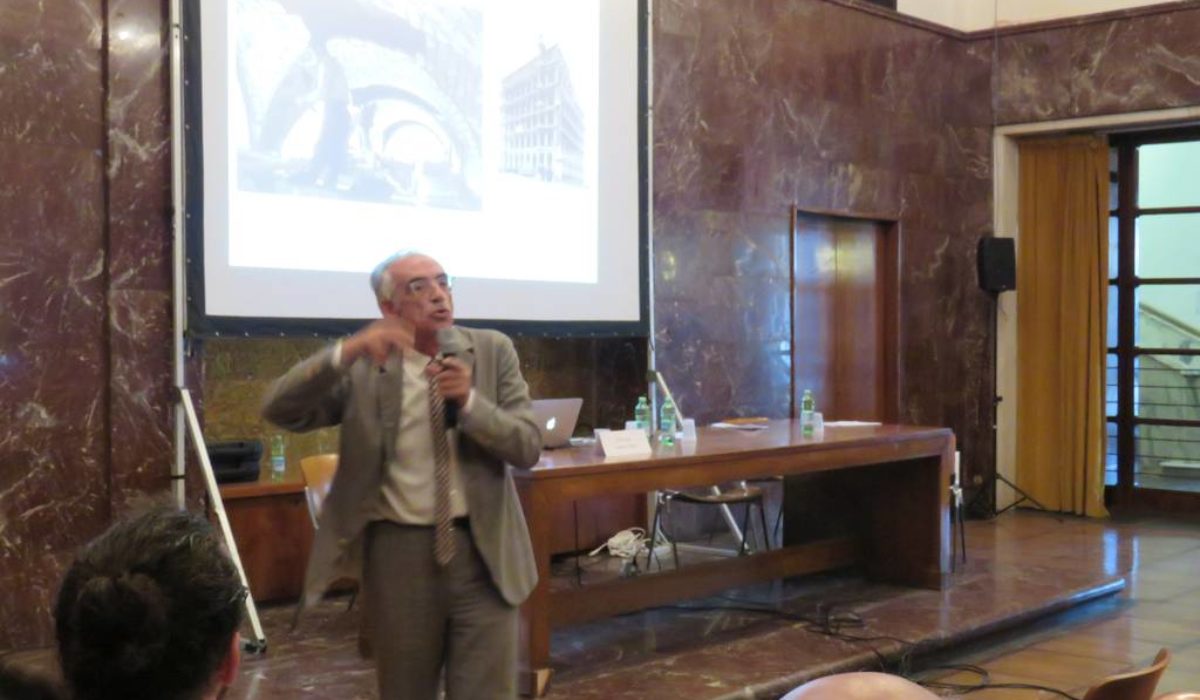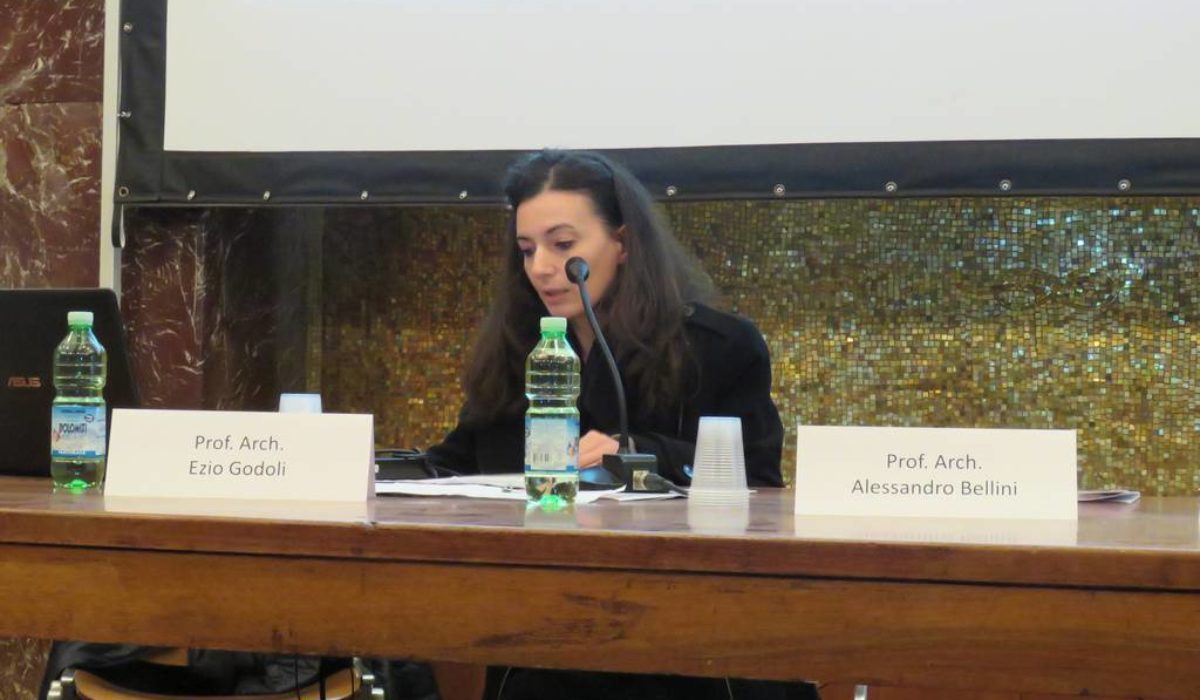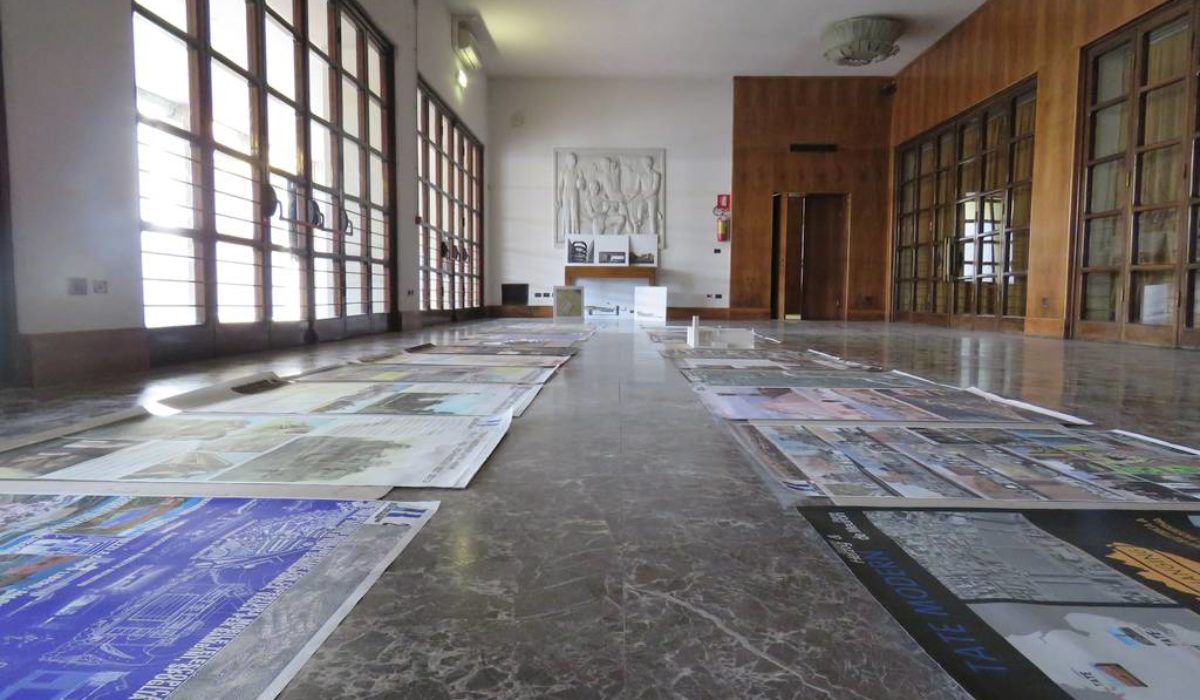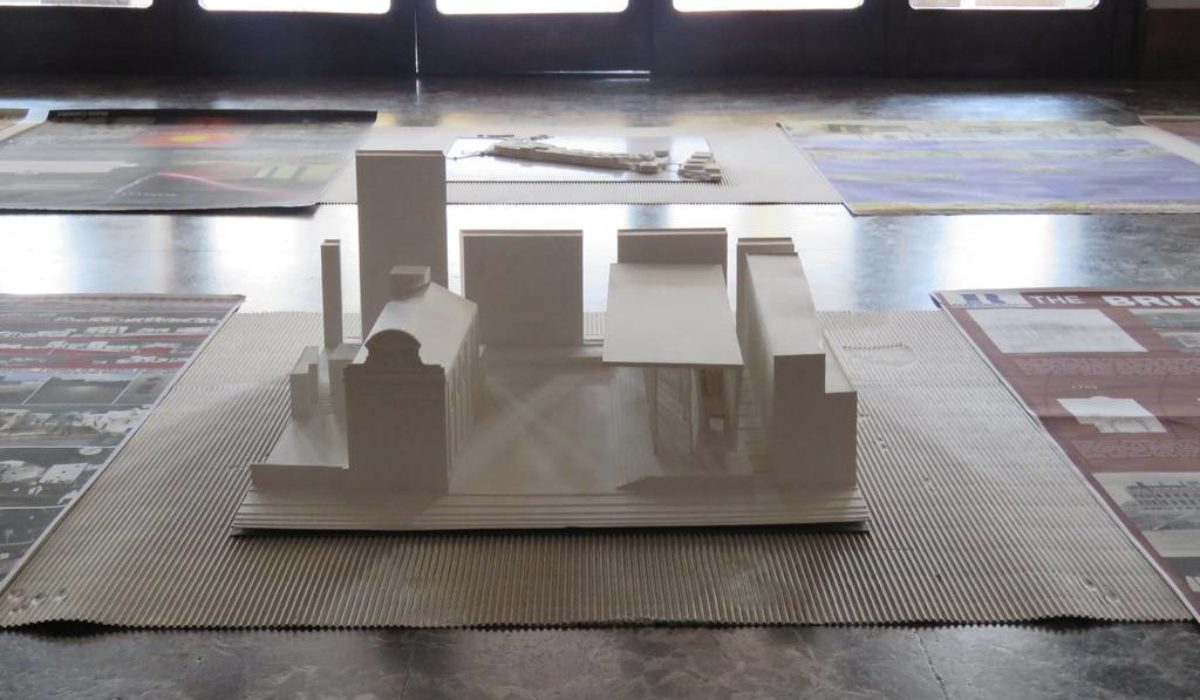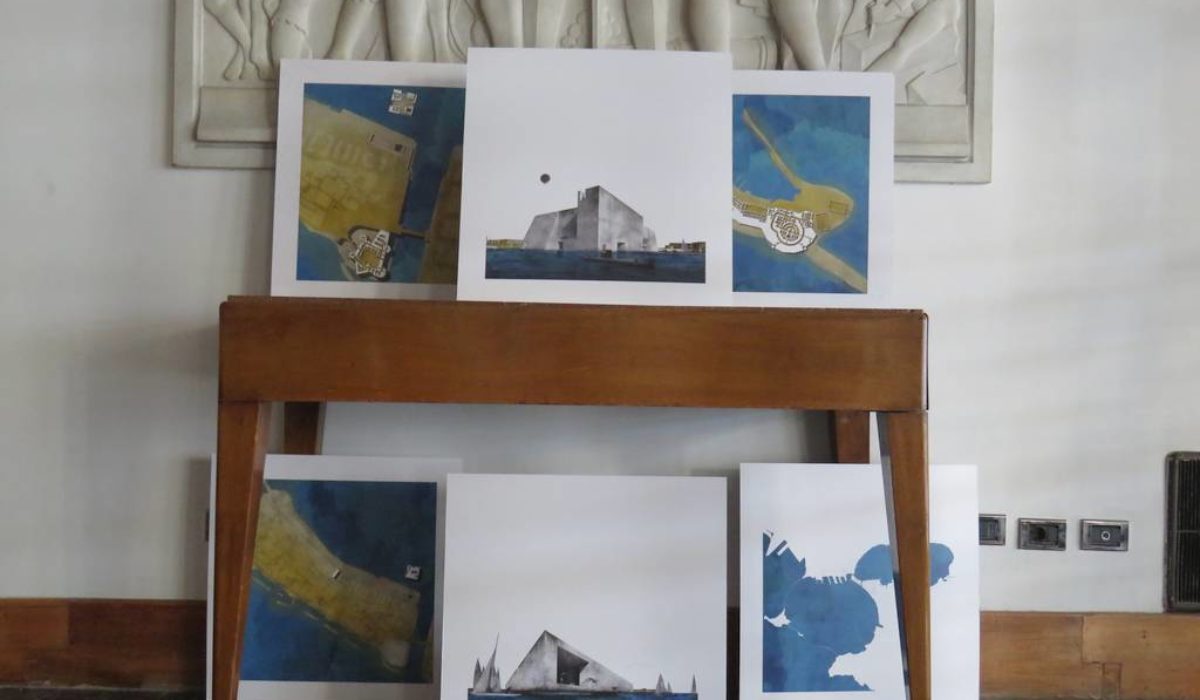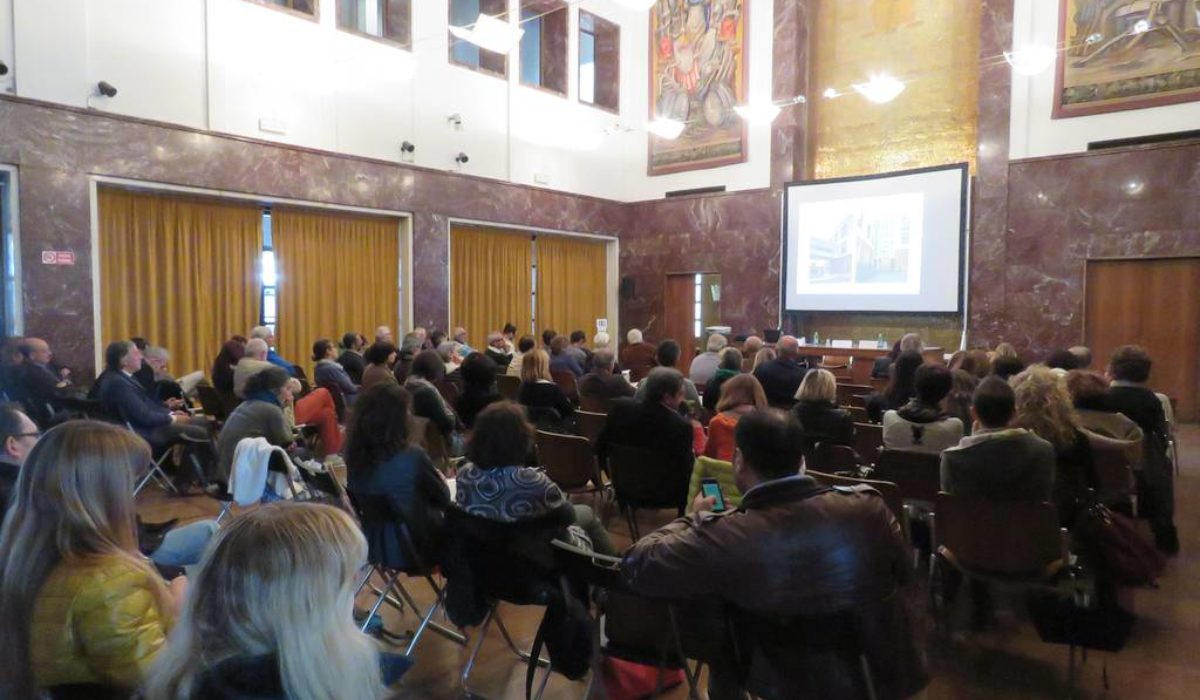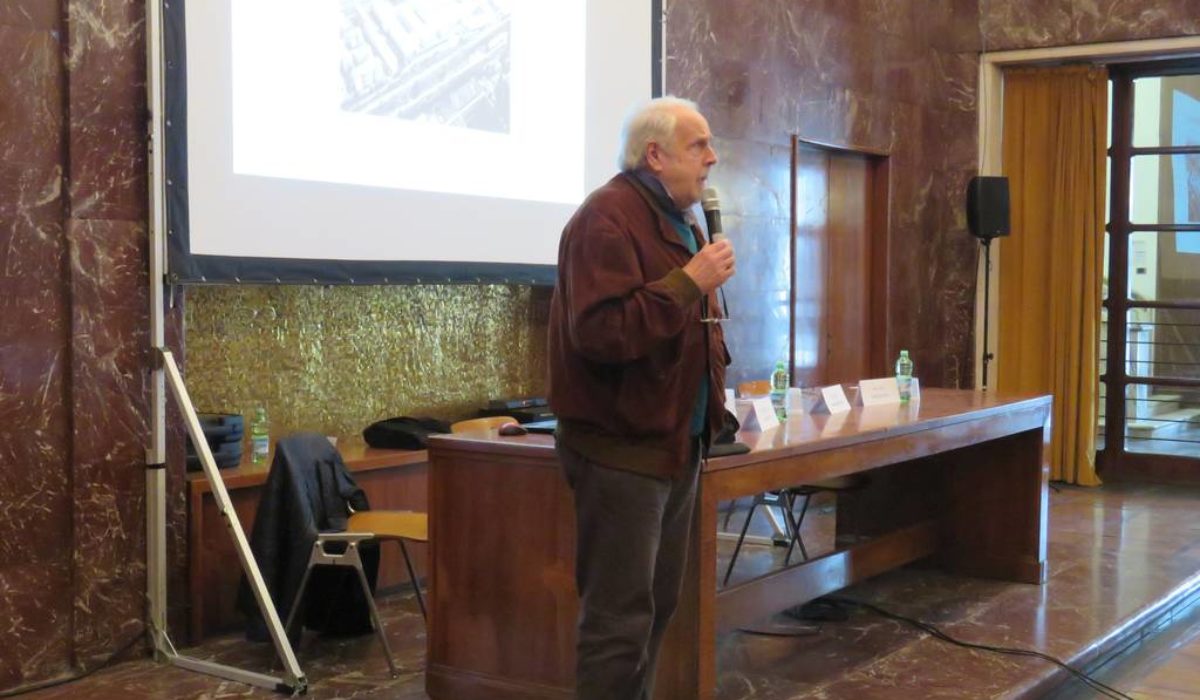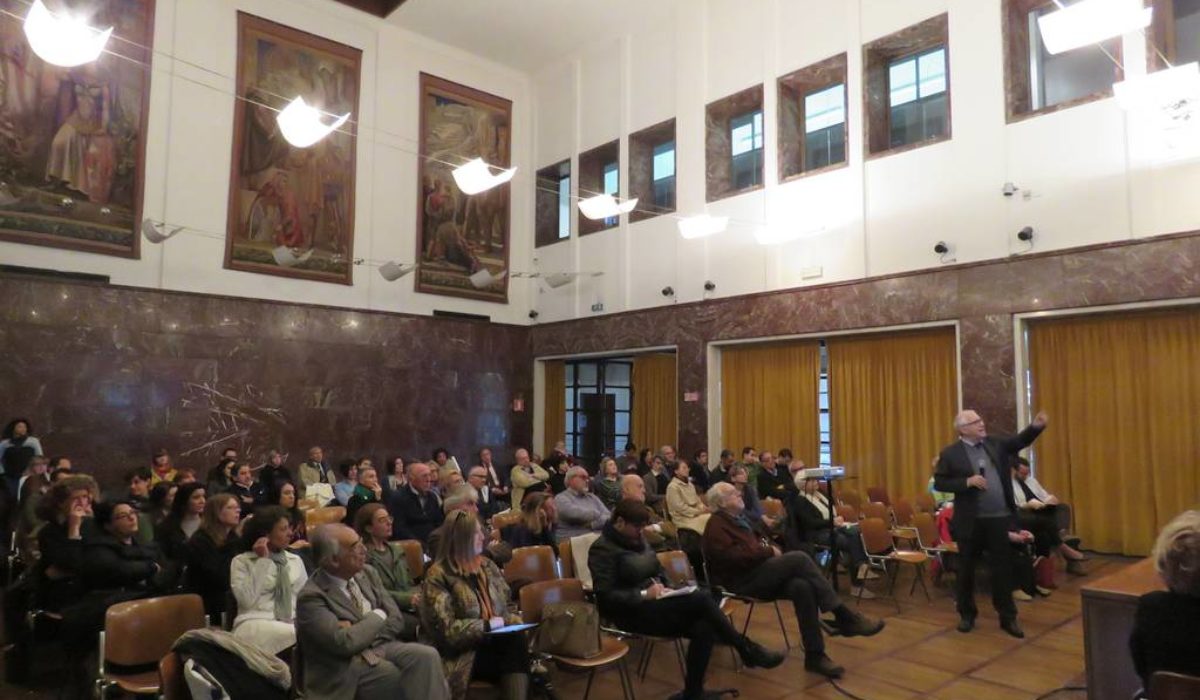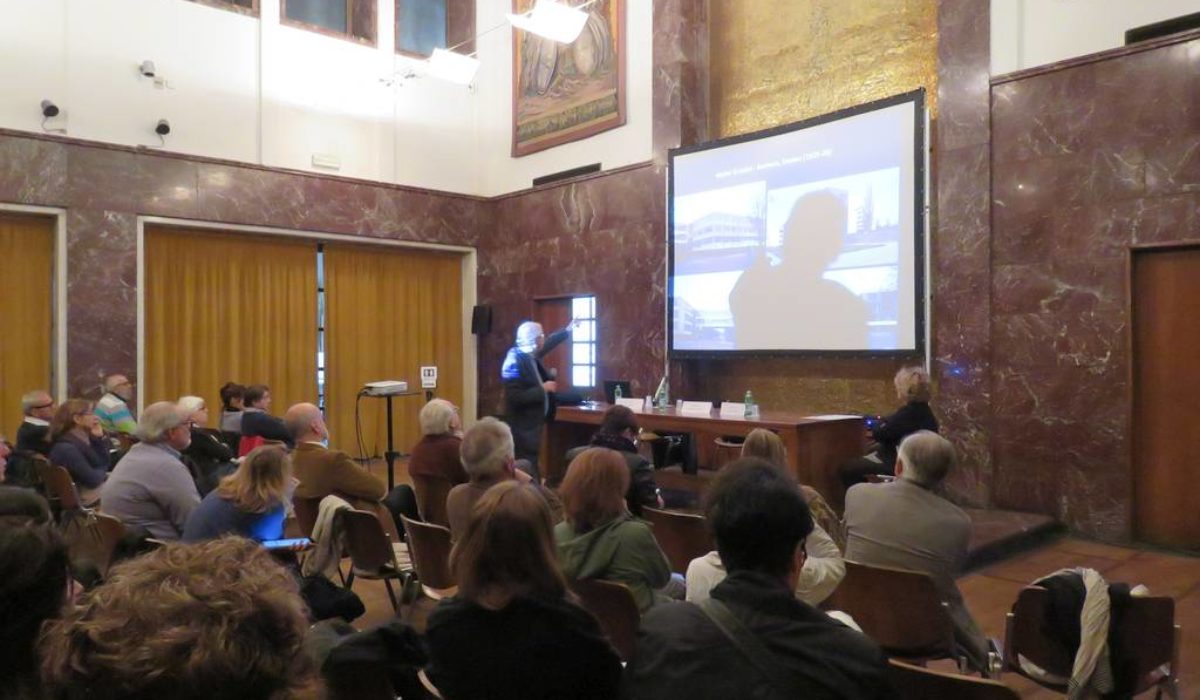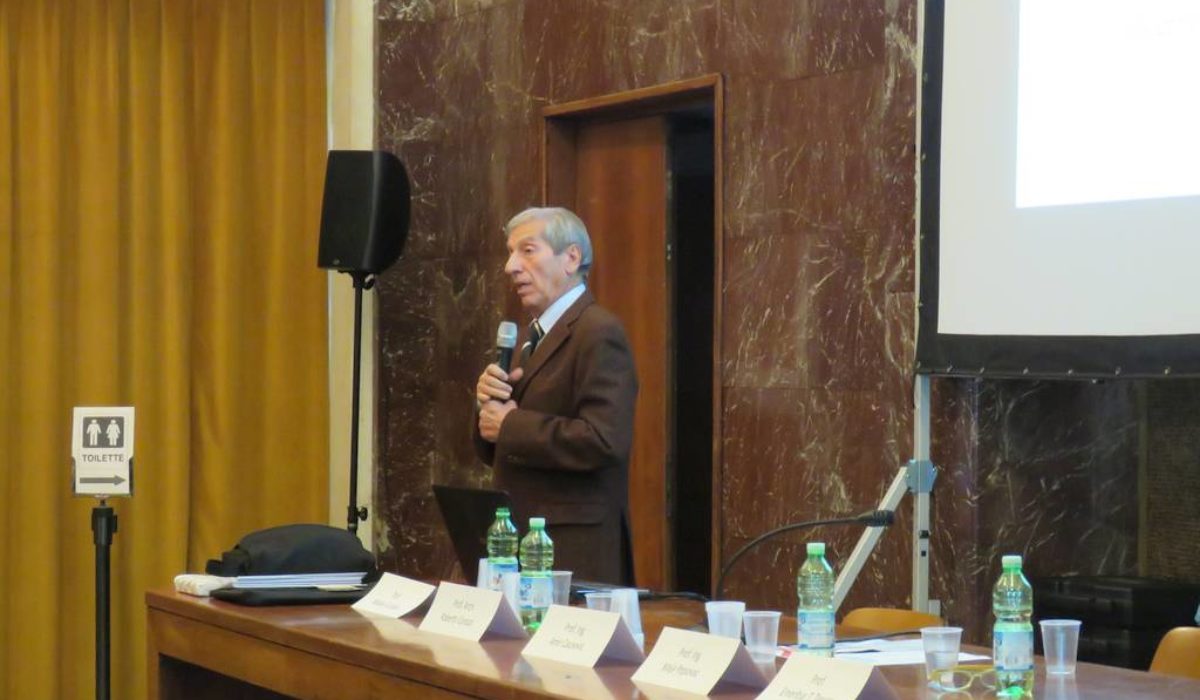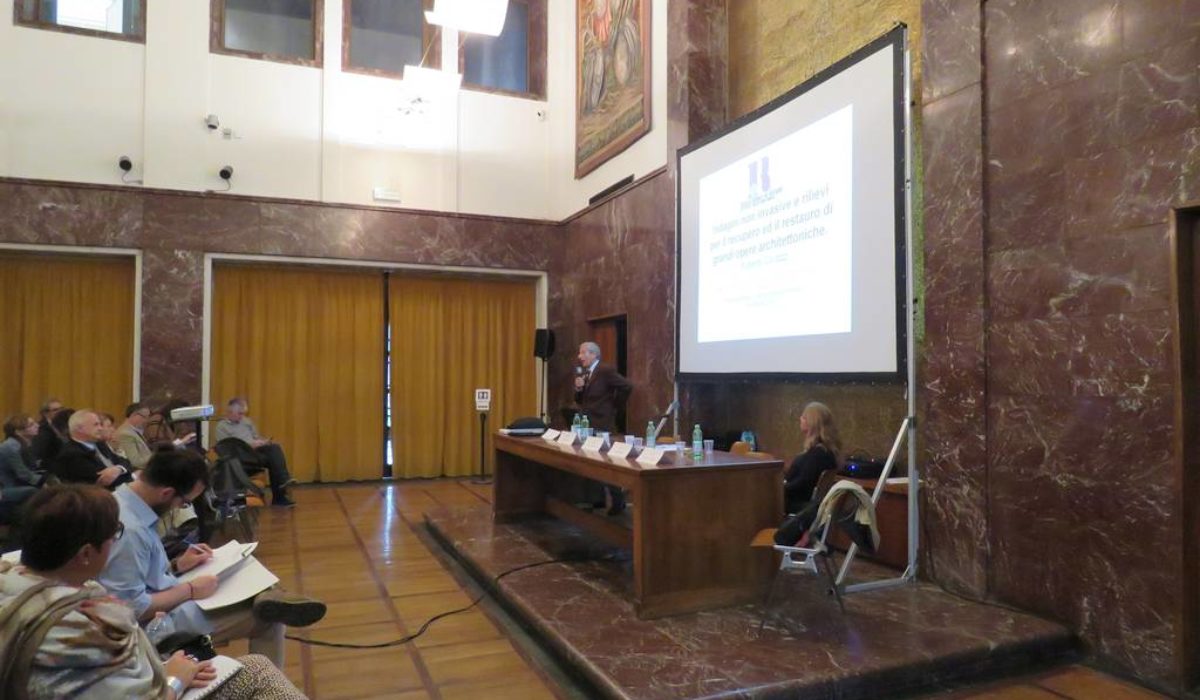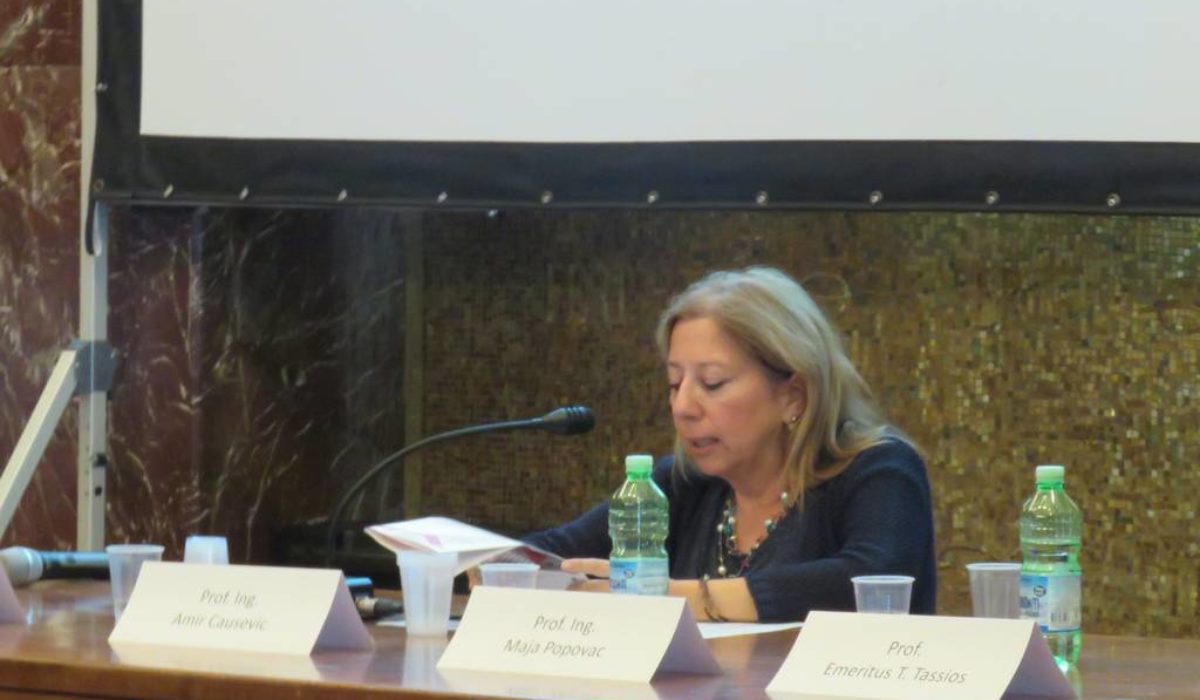The HCH itinerant Congress is an event of BRAU4
The Biennial BRAU received in its previous editions the High Patronage of the President of the Italian Republic, the Ministries of Culture of the countries directly involved, of the Italian Navy, of ICOMOS and ICCROM, of Regions where it was celebrated, and of many other national and local Institutions operating in the host cities: Bodies of Heritage protection, Municipalities, Universities, Professional Associations, private cultural Associations (see below).
Biennials BRAU1, BRAU2 and BRAU3 have achieved unexpected results, not only among the traditional worlds of professions, academicians as well as research, but also among the direct users of the cultural heritage to be preserved, one of the strategic targets of the BRAU Project. In this perspective, the three previous editions of the Biennial BRAU increasingly opened the debate through direct interaction with local comunities, and updated the international cultural debate enlarging and combining it with the new social, economic and environmental dynamics of the countries in which they were carried out. In fact, on the occasion of the BRAU, many opportunities for discussion with technical and scientific international experts have been promoted, by means of effective communication activities in all participating cities. Participation and sharing have largely characterized the events connected to the BRAU Biennial, inspiring all the individual local initiatives.
The Biennial BRAU is not only synonymous of cultural Aware Protection and Sustainable Restoration of the Architectural Heritage, but, more deeply, it aims to actions that allow you to work with agility in the complexity of the local socio-economic and international instances, highlighting the social benefits resulting from intervention on the cultural heritage.
The Biennial BRAU doesn’t have, like the illustrious Venice Biennial, a fixed location; it takes place every two years along a different “cultural axis”, which is chosen by CICOP Net Confederation, according to the recommendations of all the participants in the event.
During the fifteen days of the Biennial BRAU, 15 to 30 October, various cultural events are held, concurrently with the exhibitions of the restoration projects, which take place simultaneously in all participating cities.
These events involve especially the direct beneficiaries of the local architectural and urban heritage, offering them the opportunity to exhibit and divulging the brightest local interventions made in the field of restoration and to debate on any unresolved local issues, to search for shared solutions with other similar geopolitical and economic contexts, happily resolved.
In summary, during BRAU Biennial are held:
- Exhibitions of restoration projects carried out by the participants, which take place in prestigious historical or modern buildings (such as castles, shopping centers, etc.), as well as in abandoned buildings (such as factories and ecclesiastical buildings), or in open spaces of historical degraded centers.
Architects and engineers belonging to various professional Chambers and recent graduates and students from various faculties take care of the staging of the exhibitions; to them goes the merit of the success of the previous BRAU.
This extraordinary work, for creativity and commitment, is coordinated locally by the presidents of the local delegations of CICOP Net and by the local institutions participating to BRAU. - Awards
During the opening ceremonies of BRAU, rewards are given to completed restoration works and studies or transformation of disused spaces, carried out by local institutions or by single professionals or students. - International Seminars, mostly related to the specific sub-theme of each Biennial BRAU, with the aim of bringing out the “common cultural patterns” among the countries involved at BRAU, rooted in the local culture and everyday life.
Several cultural activities are held in concomitance to the performance of BRAU and the itinerant conference
- Educational workshops for students of secondary schools, knowledge of the local cultural heritage and restoration practices.
Photographic exhibitions with images of buildings and places of special historical-artistic interest seen through the lens of amateur and professional photographers. - Organized tours to buildings and places of great historical and architectural interest, abandoned or waiting for restoration, guided by expert guides, architects and historians.
- Small urban restoration projects in various parts of the city, sponsored by the Biennial BRAU. Illuminations and projections on long time abandoned buildings and places, to capture the attention of citizens to the abandoned architectural heritage and trigger the debate on actions targeted to their recovery and rehabilitation.
- Ideas competitions for the design of urban furnitures, inserted into specific environmental education programs.
- Graffiti in public places, on already restored buildings or waiting to be restored.
- Singing, dancing and culinary performances, organized with the collaboration of local secondary schools and Professional Associations, with the active contribution and participation of the citizens; of particular interest are the events that brighten with sounds and lights for a few hours the dark districts where long time abandoned buildings are located.
- Banners on canvas, placed on restored buildings, with notes on the history and restoration work carried out; other, placed in the windows of historic buildings, with indications of the activities planned by the Biennial BRAU.
Cultural axis involving several countries along which are carried out the activities of Biennal BRAU
The success of each BRAU is also strongly linked to the cultural axis along which it takes place. They are paths full of history that have left significant architectural and urban evidences, such as the historic routes. These routes have been traveled by people and their culture, which are linked by fragments of identification with the places, the environments and the cultures, past and present.
BRAU1 (2011)
“Permanent maintenance of the small historical centers”
The first cultural axis of BRAU has involved the small historical centers that flank the ancient routes which connected Orvieto and Florence.
From the works of restoration that has been exhibited in representative buildings of the cities which participated in the event (such as in the cloisters of university buildings and convents, in abandoned churches, in ancient towers, in ancient wine cellars and caves, in conference areas) it became clear the fascination and the importance of the “shared cultural heritage” and its potentialities for a future sustainable development.
The opening ceremony of BRAU1 took place in the Palace of Congresses of Orvieto and the closing ceremony in the Rectorate of University of Florence.
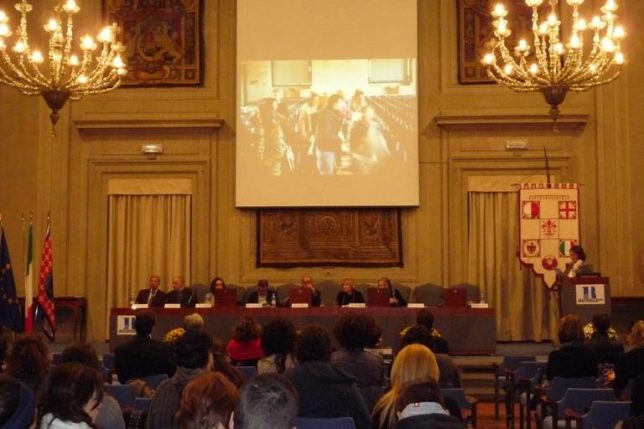
BRAU2 (2013)
“Migration and Multiculturalism along the Via Egnatia”, with cultural axis running through Italy, Greece and Turkey
Around this theme CICOP Italy was strongly committed in the past five years, in order to contribute to the intercultural and communitarian dialogue in the Balkans.
Given the success and the achieved consensus, the second Biennial BRAU has continued with the base objectives of the previous one and has taken place in 20 different cities along the new Egnatia Way recently rebuilt by the EU.
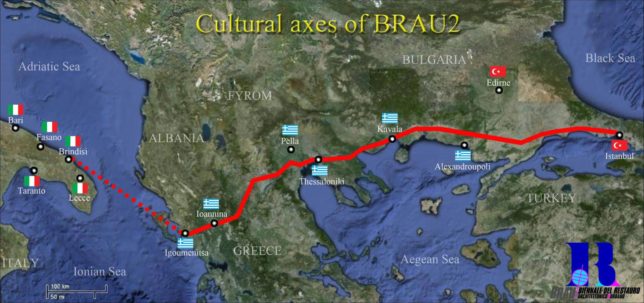
BRAU3 (2015)
“Cultures Without Borders, Countries Without Boundaries”
BRAU3 has contributed with concrete answers to the need for more visible and effective integration between different cultures, and the “main streaming” of culture in development policies and strategies at all levels.
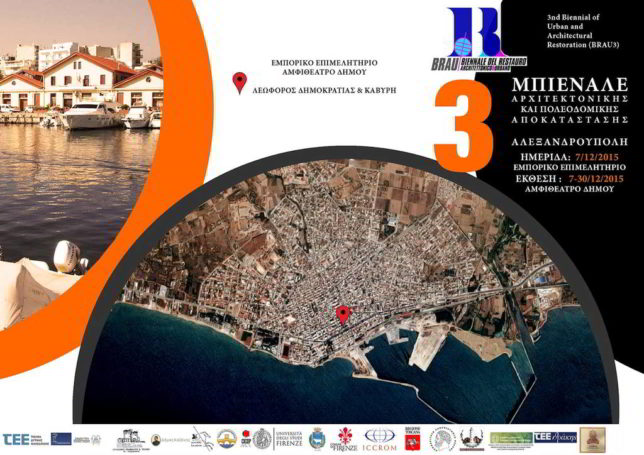
The third Biennial BRAU was celebrated at the Palazzina Reale di Santa Maria Novella in Florence, in collaboration with the FAF (Foundation of the Architects of Florence).
BRAU4 (2018)
“The Hidden Cultural Heritage under Water, under Ground, and within Buildings”
The BRAU4 proposes as cultural axis the route along the Mediterranean Sea and the countries surrounding it, looking for signs of past times and cultures settled in it. It comes to rediscover a genuine mosaic of ethnic groups and cultures which since ancient times have characterized this area.
The current situation is the result of a phenomenon of migrations over the centuries of “foreign” peoples who subsequently integrated with the local population.
This phenomenon has had as a result the multiculturalism, intended as variety of cultures simultaneously and peacefully present in a territory.
Since a long time CICOP take interest in cultural heritage submerged by the sea, by the lakes, under earth, and also in the remains of artefacts embedded in existing buildings (due to elevations or building transformations).
We are convinced that the sea and the ground are the best guardians of our hidden heritage, since just after the enthusiasm of discovery, often the site is abandoned to itself, because of lack of financial means and adequate protection norms.
Sometimes hidden remains reveal themselves to a careful eye.
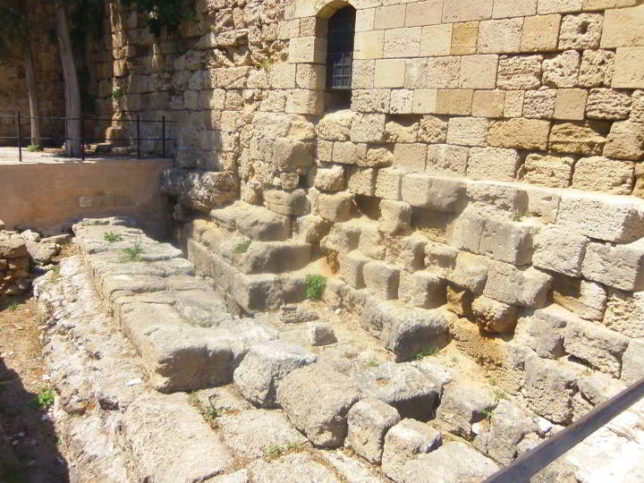
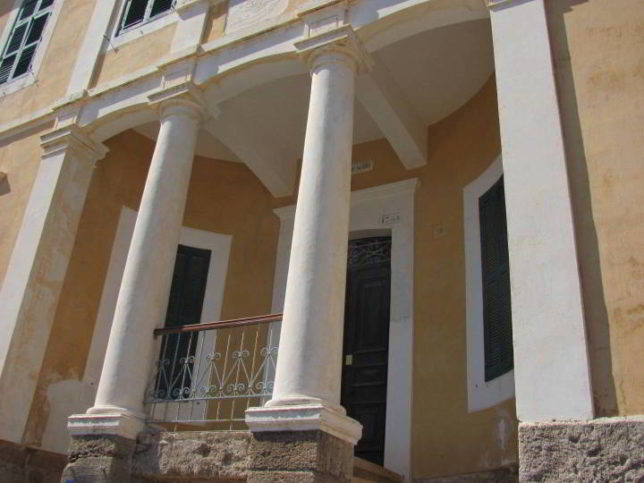
Even the advancements of the water margins of the seas or flooding (natural or caused to build dams) may bury entire villages, together with their history.
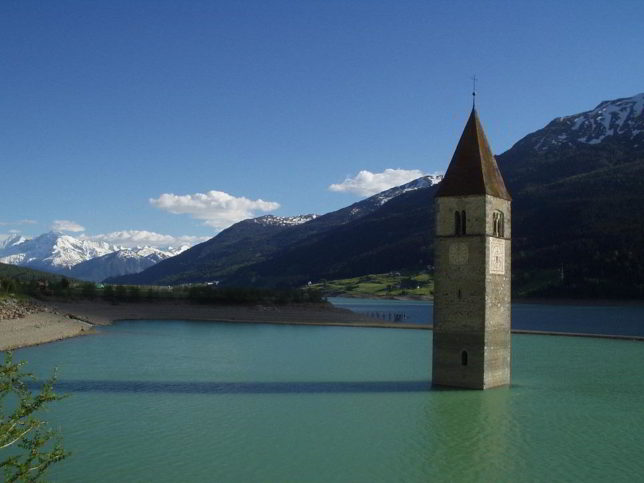
The BRAU4 will involve several countries around the Mediterranean Sea, with its treasures buried over the centuries, derived from the ancient historical routes (trade or military).
The starting point of the cultural axis of BRAU4 will be near the southern coast of Turkey, at Cyprus-Rhodes (Greece) and the ending point will be at the northern tip of Morocco at Ceuta-Peninsula of Almina (Spain).
This choice is not casual, but it is closely related to one of our great social and cultural times, migration, and based on the belief that the cultural heritage, tangible and intangible, are among the most powerful instruments of peace among peoples, because it is a source of multiple shared cultural models between them.
